SCROLL
The MoreLIPS range consists many varieties of green and flowering plants. You will always find the current most popular plants in the collection. With the specials in the range, you can customise your shelves to your own retail format. All plants are supplied in the distinctive MoreLIPS sleeve. Pot covers and decorative pots also add to the consumer experience on your shelves.
Give your plant section more stopping power. The power of MoreLIPS, the brand that creates differentiation in stores.
You can recognize the Anthurium by its shiny green leaves and beautiful flowers. Symbol for exotic beauty. The name is derived from the Greek words "anthos" and "oura" which means "flowering" and "tail". The perfect 'green' gift to add color to the interior. Experience the effect of this maintenance-friendly plant for yourself.
Care
Place the plant in a light place, but not in direct sunlight. Water the MoreLIPS® Anthurium once a week on the soil. Make sure the soil is moist. If you really want to spoil the Flamingo plant, spray the plant with the plant sprayer.
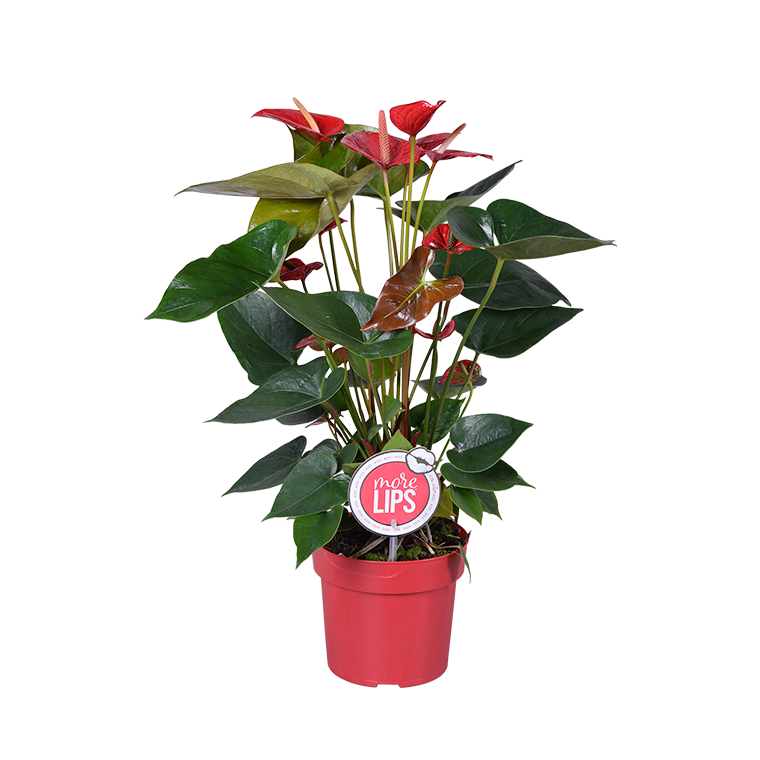
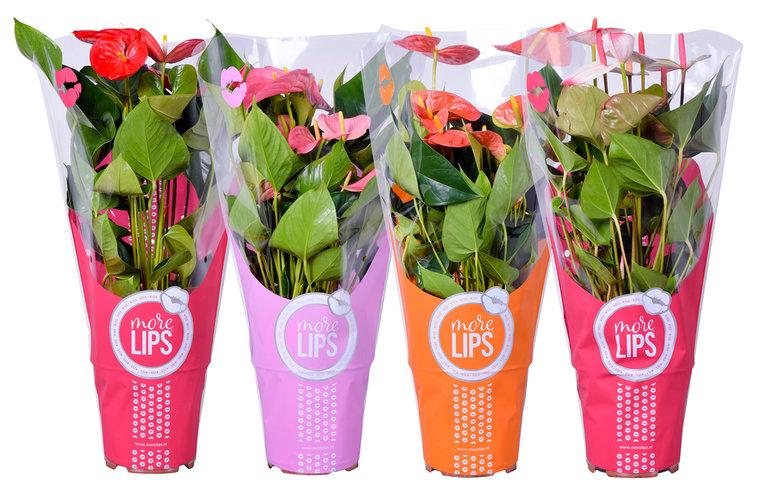
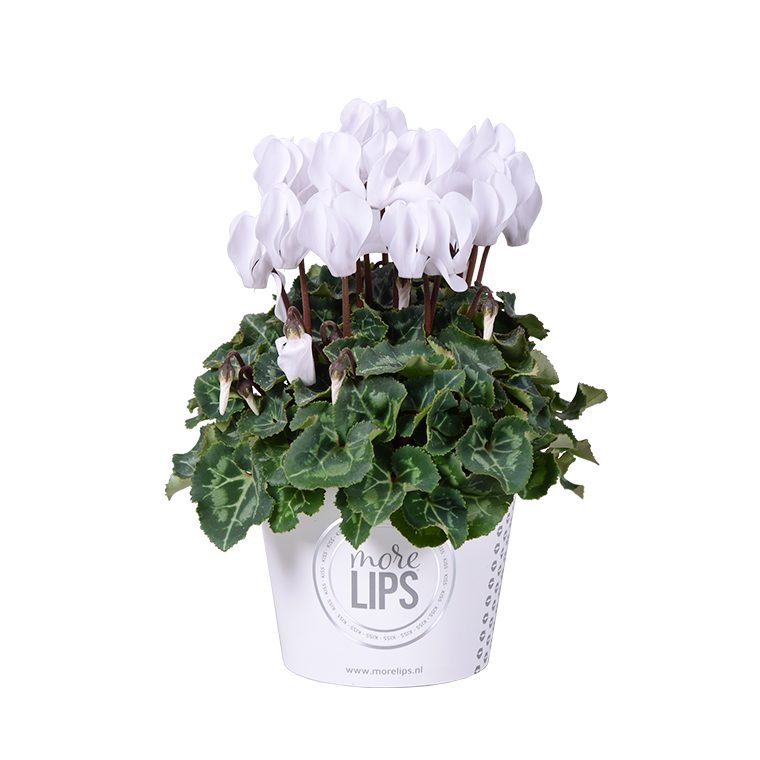
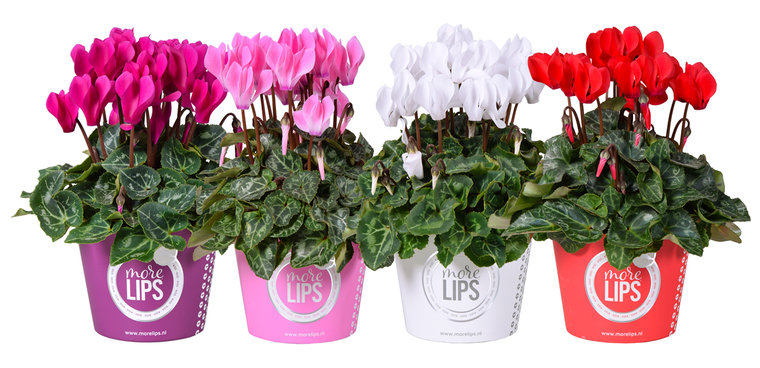
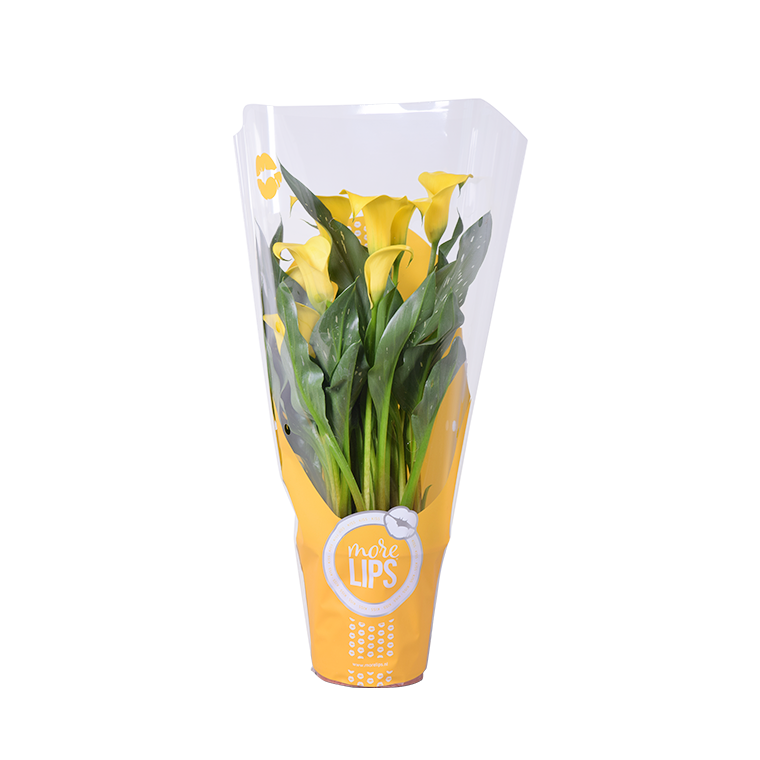
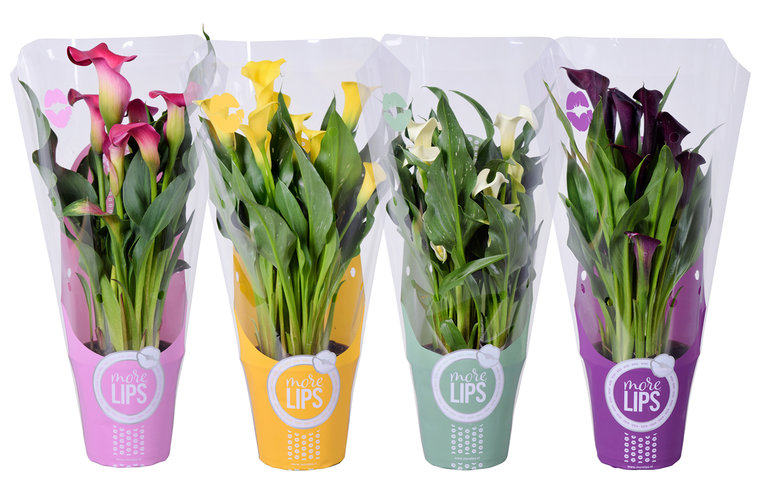
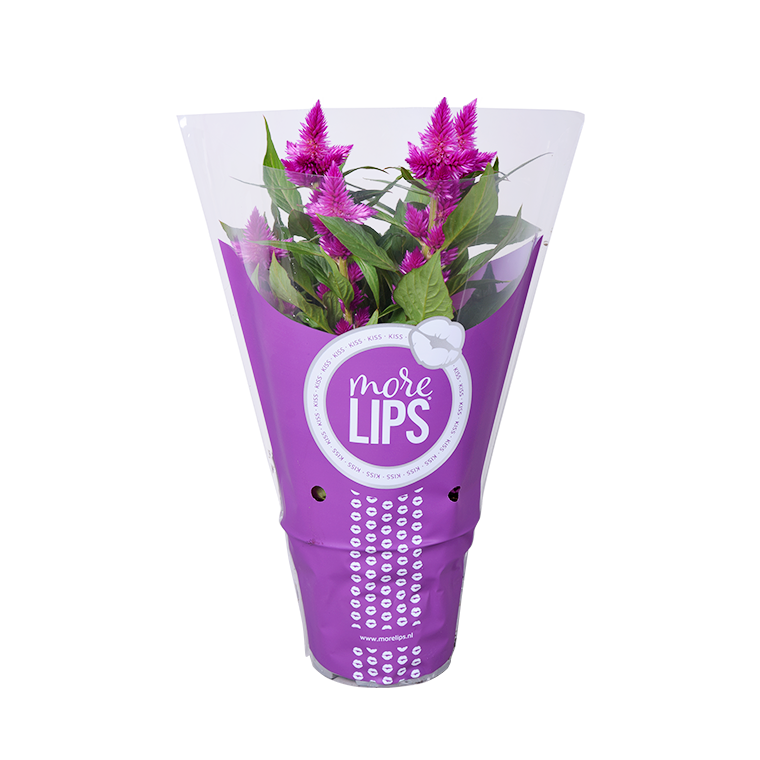
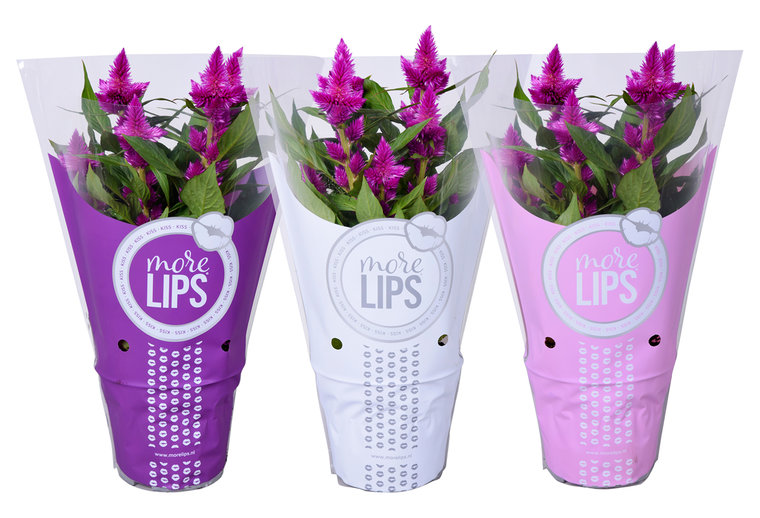
Brassia is an exclusive orchid with star-shaped flowers in shiny colours. It grows out of a bulb, that can save humidity inside. It is a special but in the same time easy-care indoor plant and flowers for a couple of weeks.
Care
Put this orchid one time per week for ca. 30 minutes in a water bath and let it drain afterwards for a little while. Spray the leaves of the Brassia during warm days with water. This orchid prefers a bright spot, although not directly in the sun. Remove withered flower stems only when the stems are completely brown. By this the plant can save all energy in its bulb, in order to have a chance on a second flowering period after the resting period.
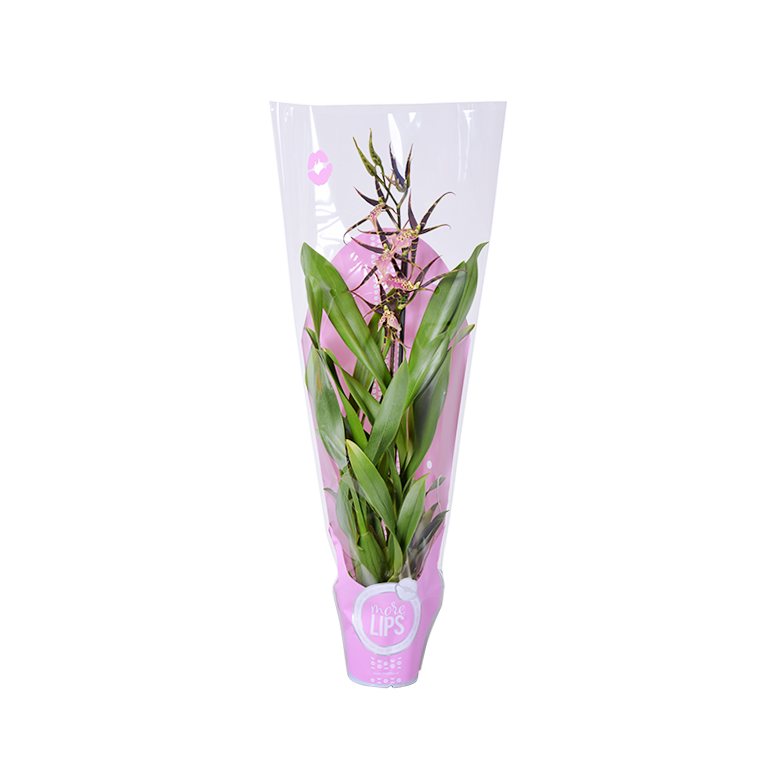
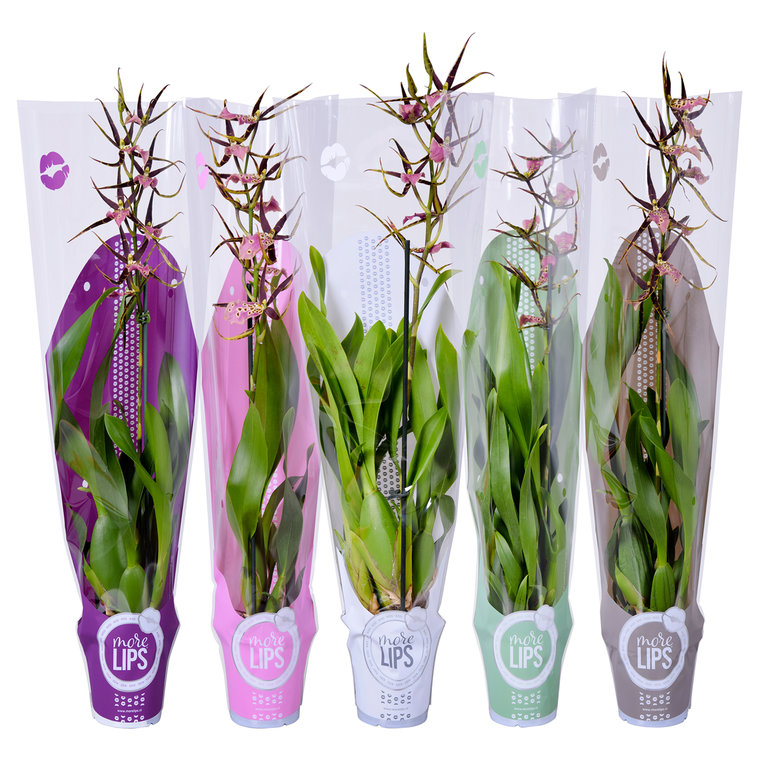
The Dracaena Marginata is a popular houseplant. It is a family of the Asparagaceae and comes from West Africa. The marginata's that are available in the flower shops mainly come from Costa Rica. They are grown there in the open air. There are different forms. The Dragon Tree is an air-purifying plant that has been investigated as part of the NASA Clean Air Study. This plant naturally reduces the amount of benzene, formaldehyde, xylene and toluene in the air, but can itself be a bit toxic to children and pets.
Care
Put the plant in a bright location, but not in the sun. The plant doe not like a temperature below than around 13°C. The Dragon Tree purifies the air but is itself slightly toxic for children and pets. Give the Dracaena only water when the soil has dried out. The plant stores water in its stem, so it is very resilient. During the growing season, give it nourishment every six weeks.
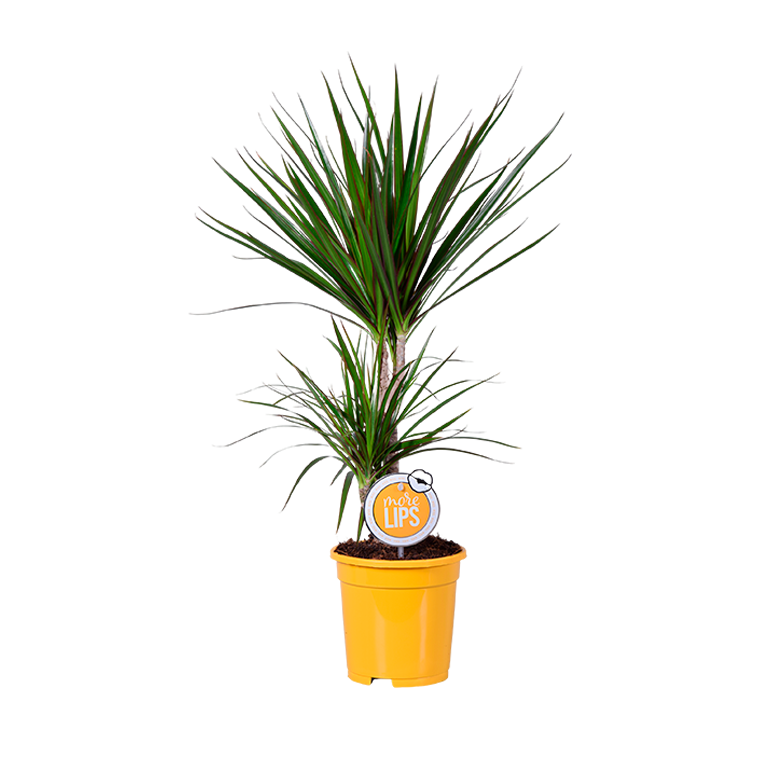
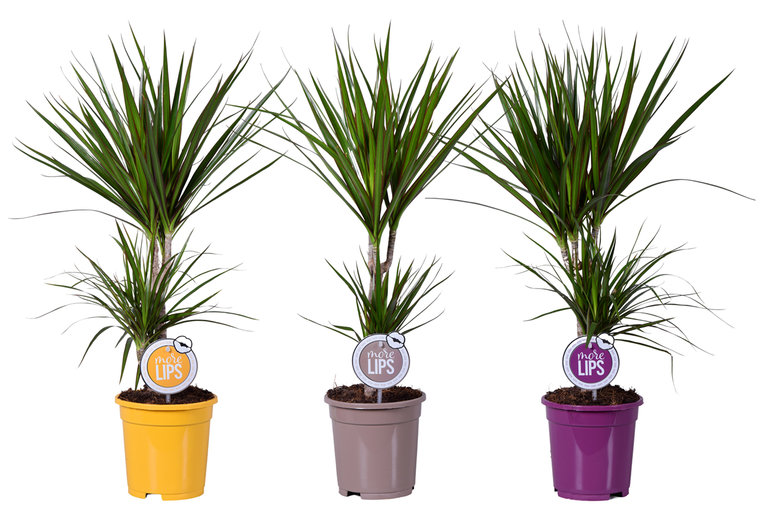
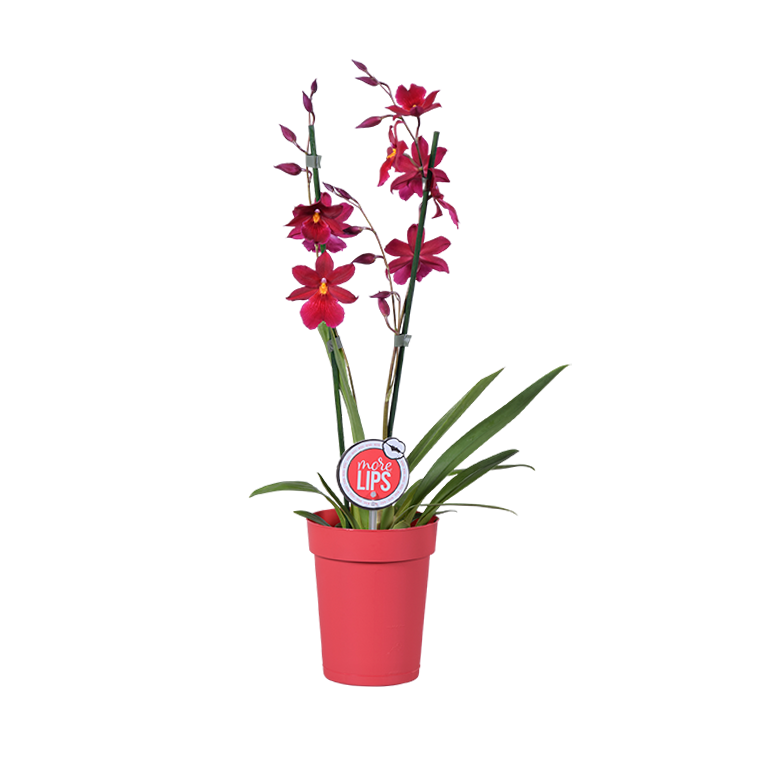
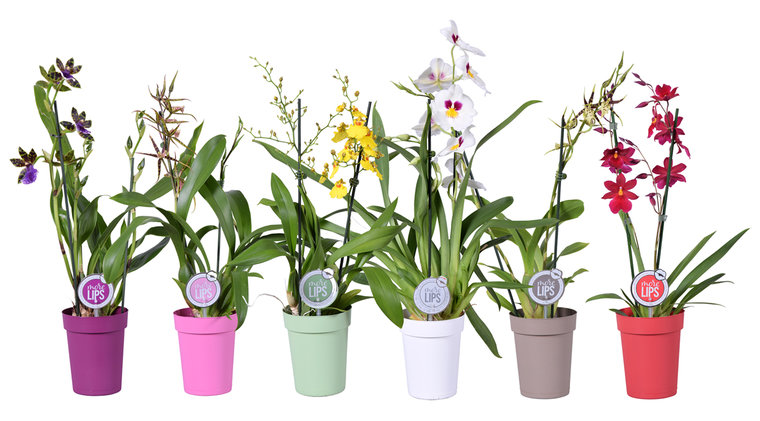
The Yucca, Palm lily or Mayan tree comes from Guatemala. The Maya already used it in many ways. For example as a property boundary and you can still see it there in rows between the coffee plantations. You can eat the flower, the fruit and the soft growing point. With the fiber of the leaf you can weave baskets. And so on. But the Yucca is simply a versatile ornamental plant that looks good in the home, office or hospitality industry.
Care
Place your Yucca in a light position, but not in full sun. Give the houseplant regular water. The soil may dry out lightly between watering. Treat it to plant food every now and again.Is the Yucca growing quickly due to all the care and attention it is receiving? You can remove the bottom leaves when they get brown. This will give the rest of the leaves an energy boost, which will make them grow faster.
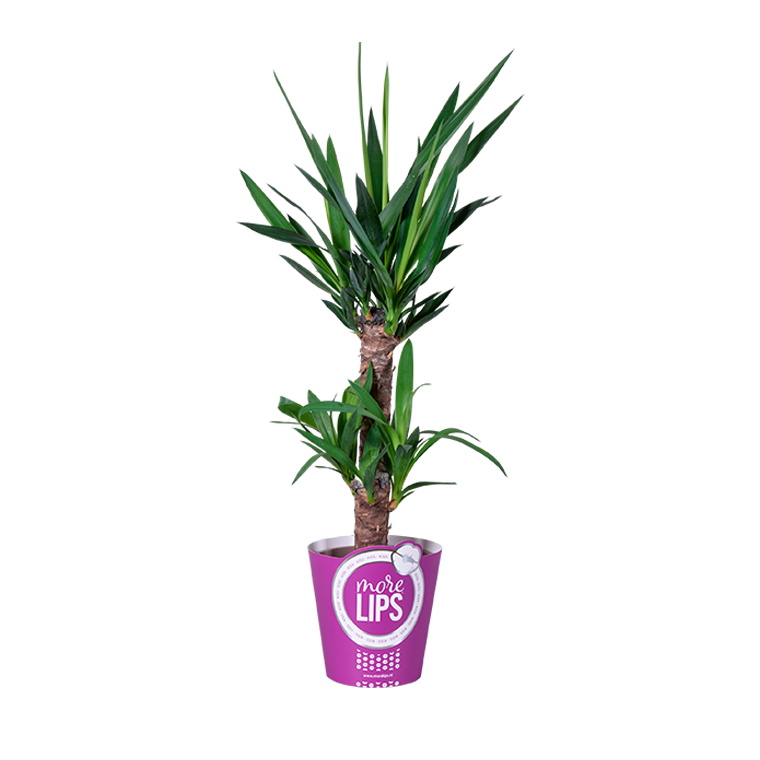

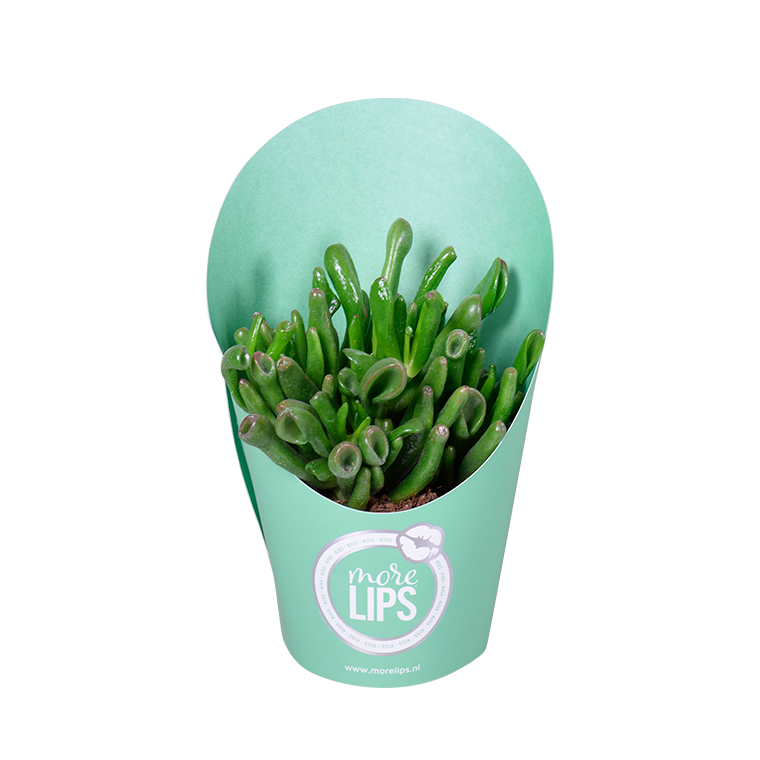
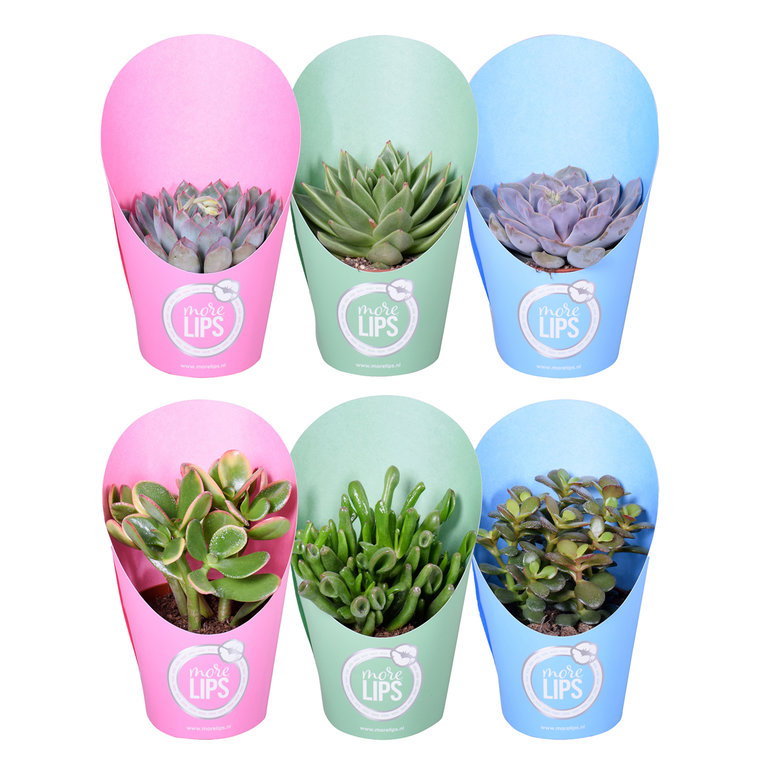
This majestic houseplant is an absolute eye-catcher and deserves a place where it can stand and hang freely.
Care
Medinilla likes to be in a very bright place, but not in full sun. Water only once a week. The root ball may dry slightly between waterings, prevent a foot bath. A little extra plant fertilizer every two months, preferably orchidfertilizer. Medinilla indicates how he feels. If the leaves and buds become dark to black, the root ball is too wet and / or the plant stays too dark. Lightly hanging leaves and buds require some extra water. Because the flowers hang low, Medinilla is best shown in a high place or in a high pot. As a tropical beauty, Medinilla cannot tolerate temperatures below 15 ° C. The ideal temperature for the Medinilla is between 17 and 25 degrees Celsius.
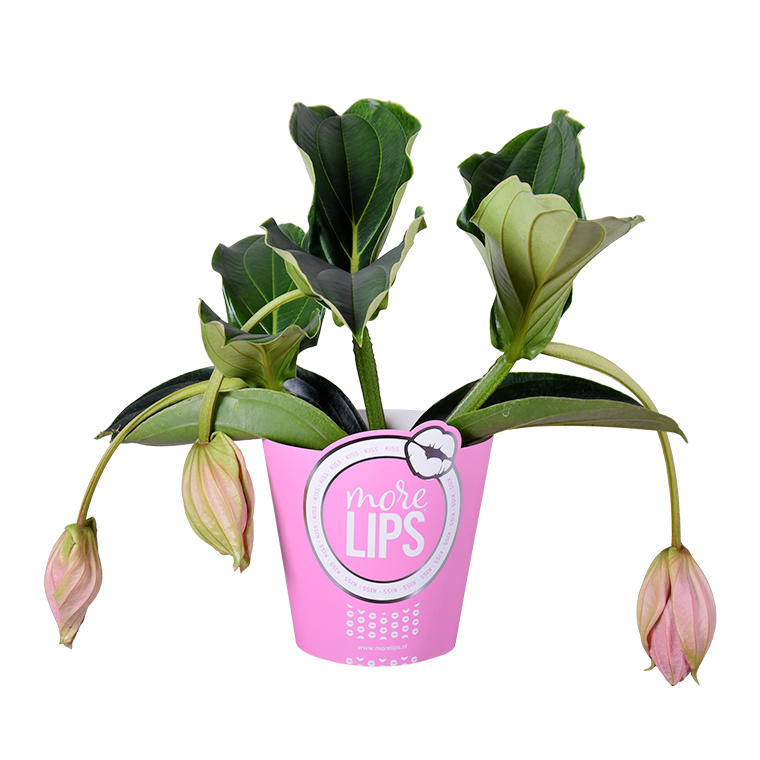
Easy-care indoor plants. Grateful green plants to improve the indoor climate.
Care
Easy to take care of: Keep the plant soil slightly humid during summer time and rather dry during winter time, as the plants take a break during winter.
-760-760.png)
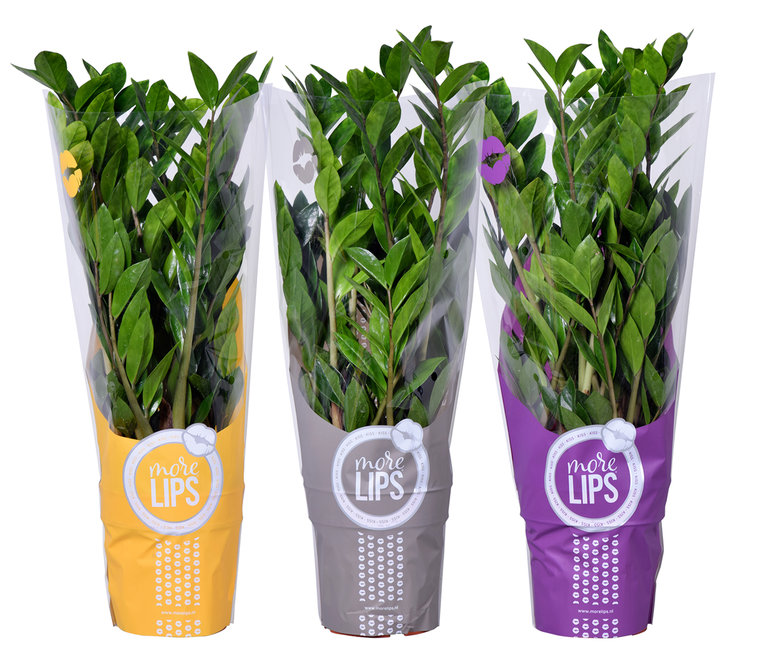
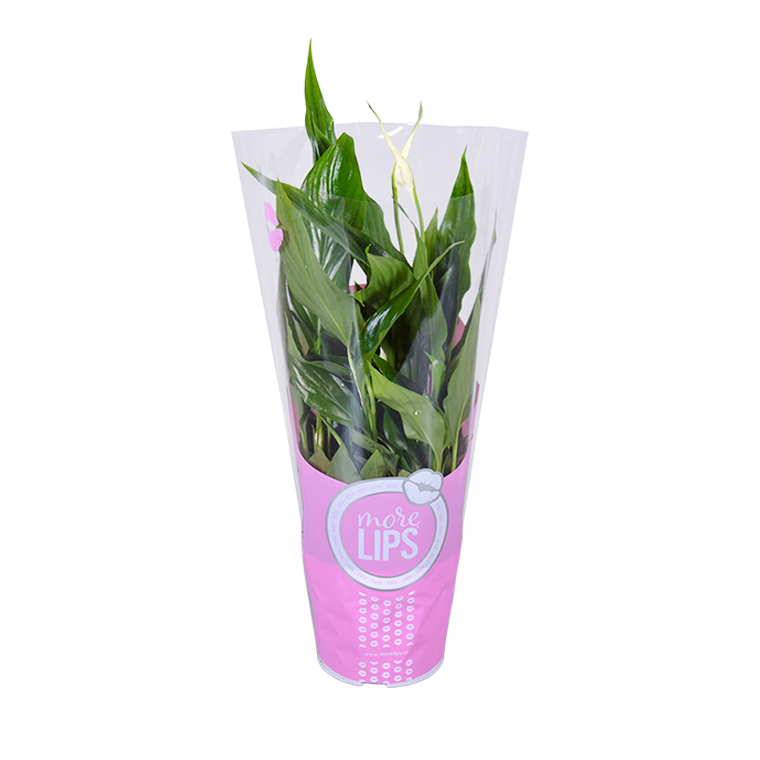
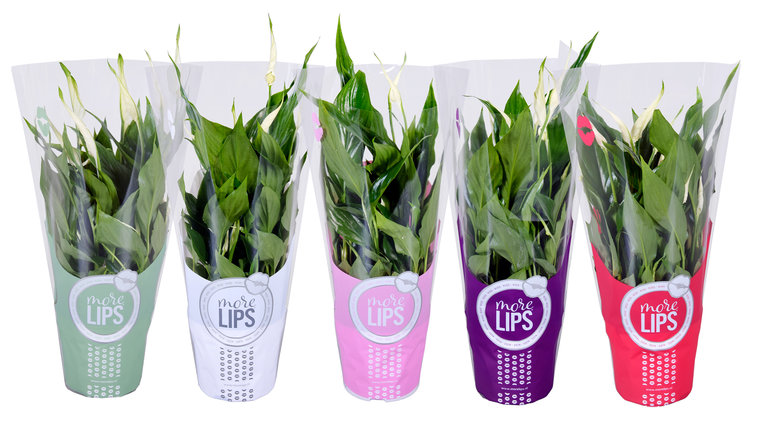
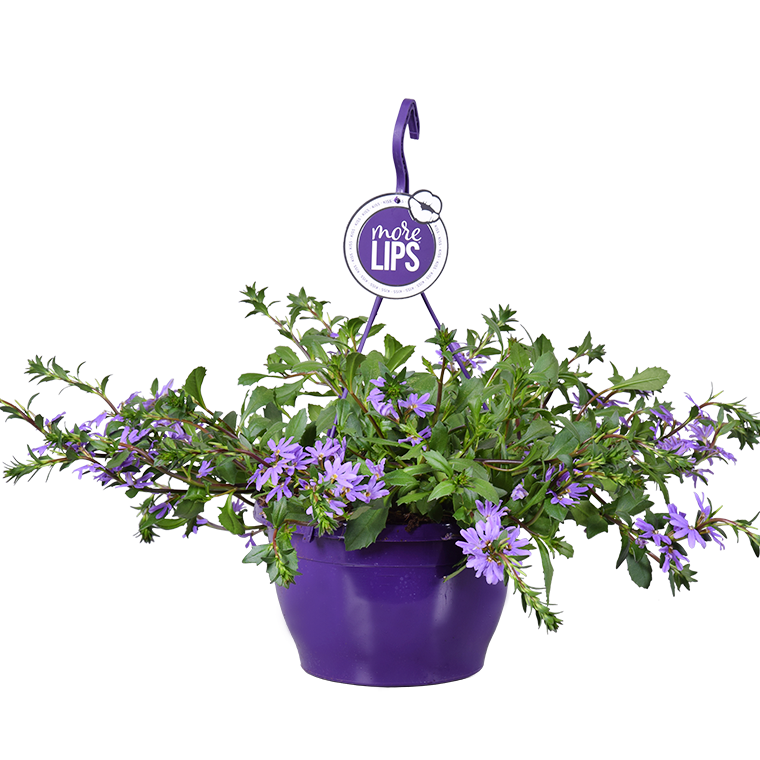
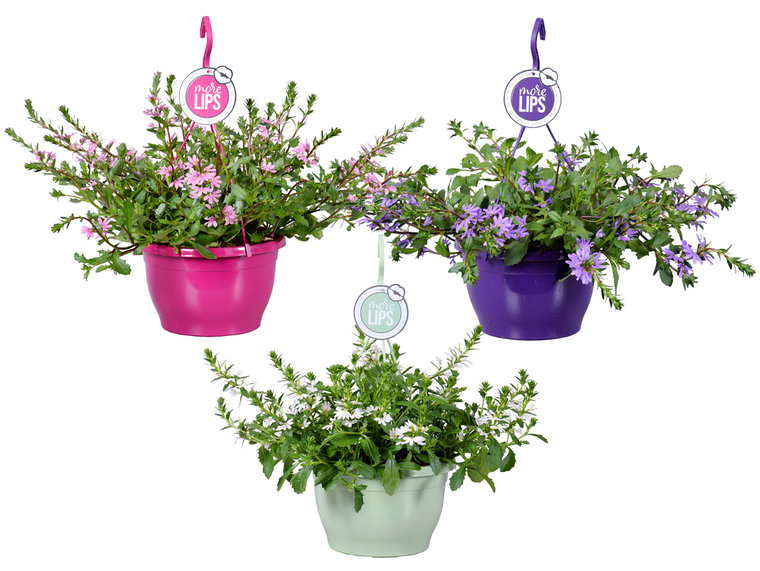
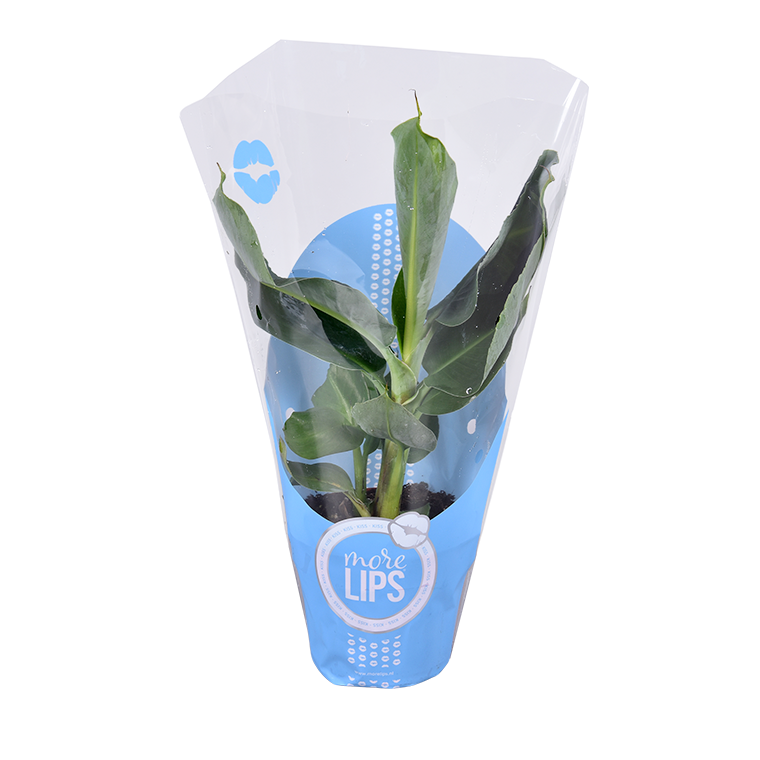
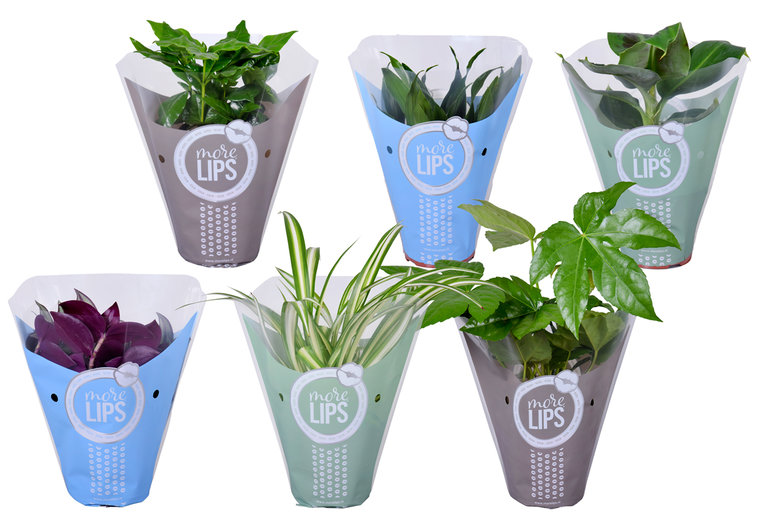
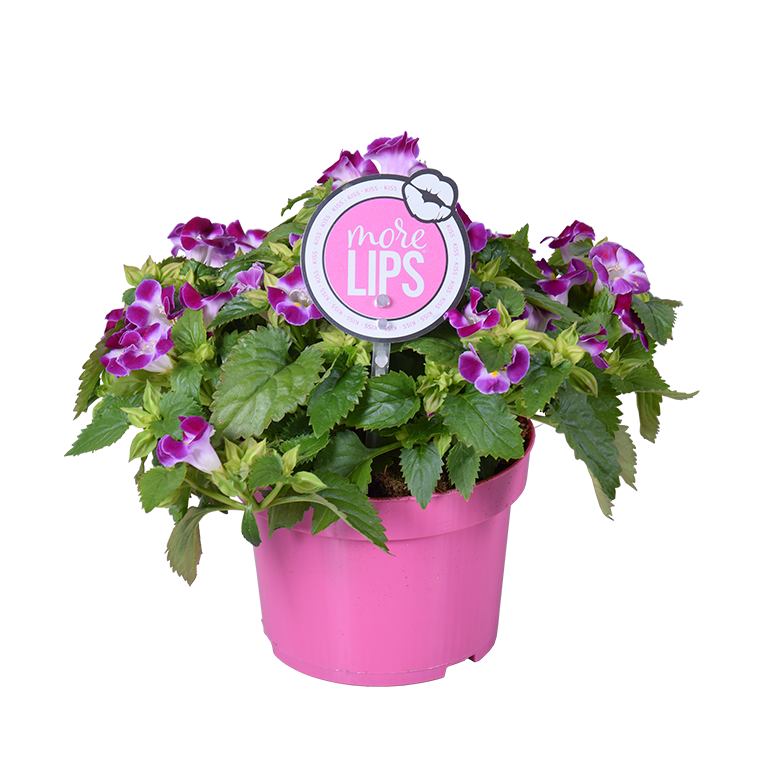
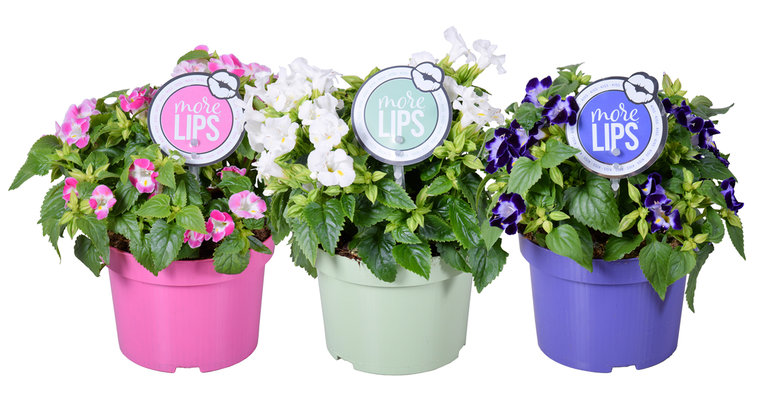
When you think of the Poinsettia, the first thing you will think of are its coloured bracts. They are oval and bright red, salmon pink or creamy white and surround the tiny, yellow flower buds. This houseplant brings colour and warmth into your home with its distinctive appearance.
Care
Do not place the plant in a draughty or a really warm position such as near an open fire or a stove. Your poinsettia will really appreciate regular watering, especially when it is in full flower. If you want to support the plant during flowering time, add each two weeks fluid fertilizer to the pouring water. If a branch of the plant breaks off and you get a bit of the milky plant sap on your hands, wash your hands.
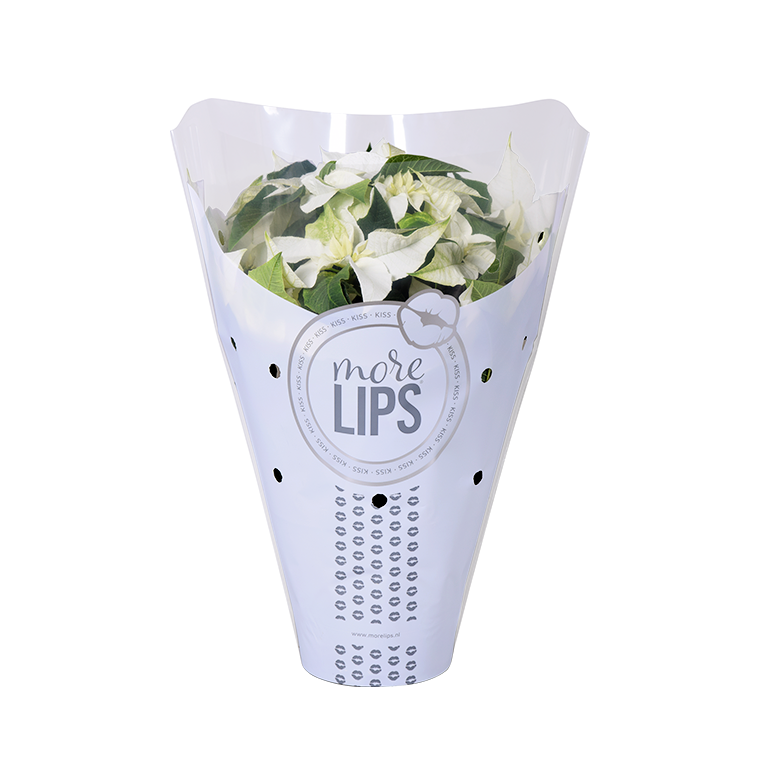

Care
Butterfly orchid likes to be bright. The plant may even have direct sunlight from mid-October. Leave to stand for half an hour every ten days in a plunge pool, then drain well, done! Adding plant fertilizer or special orchid fertilizer to such a bath every three weeks helps to open all the buds.
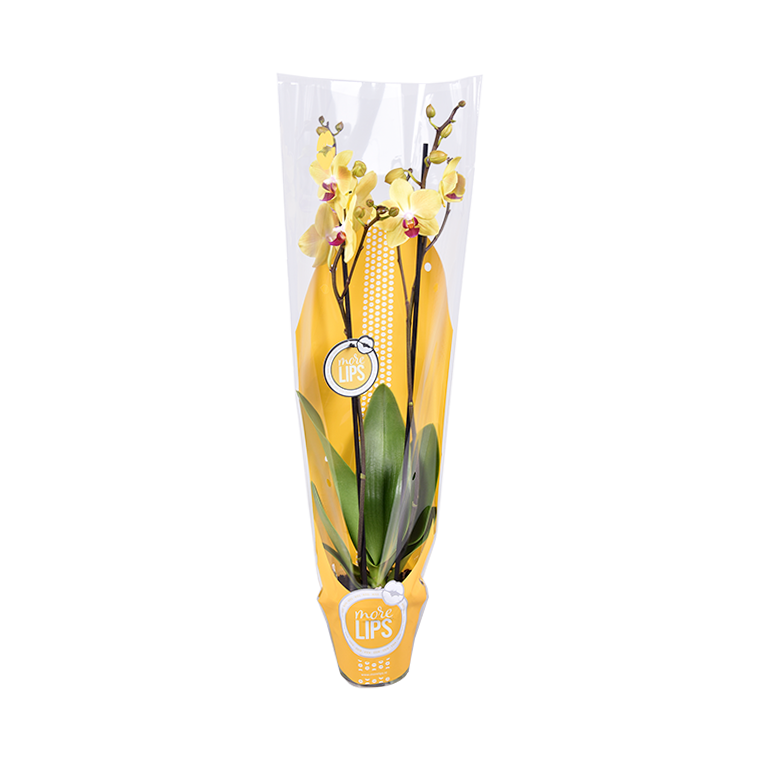
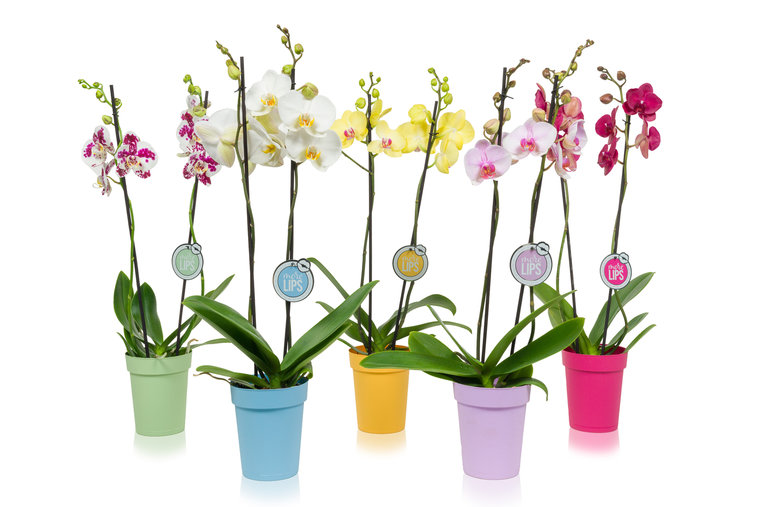
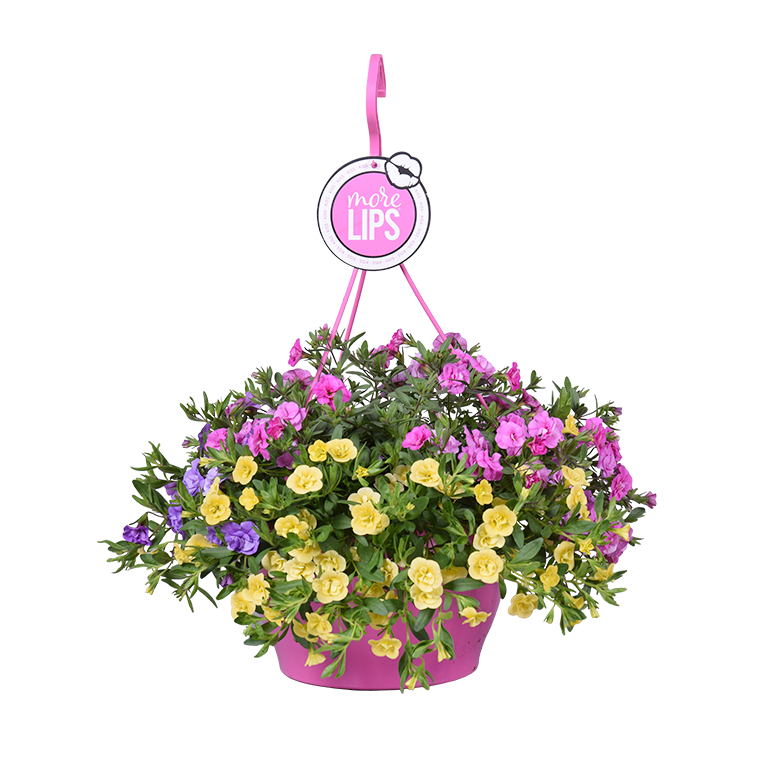

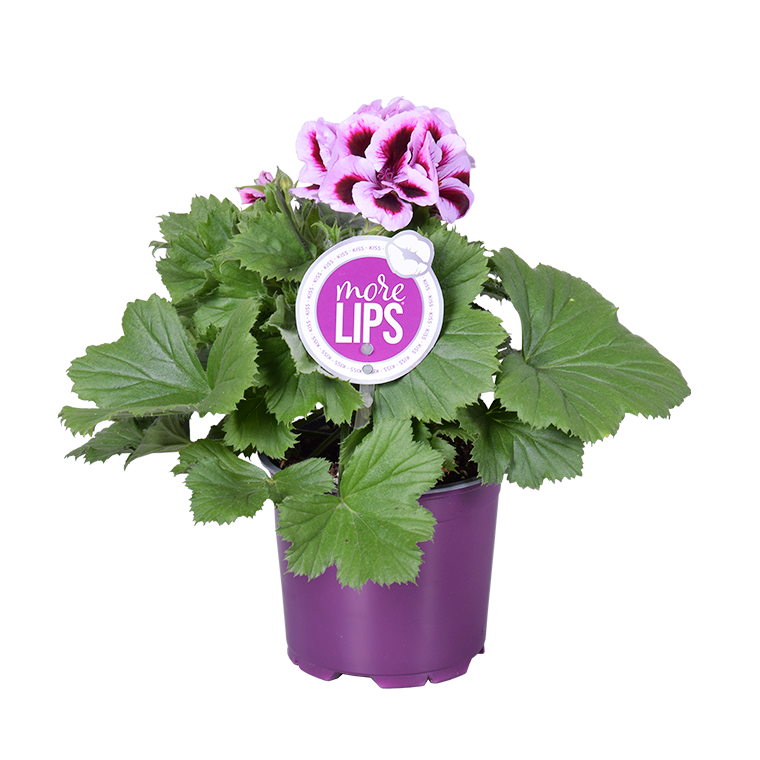
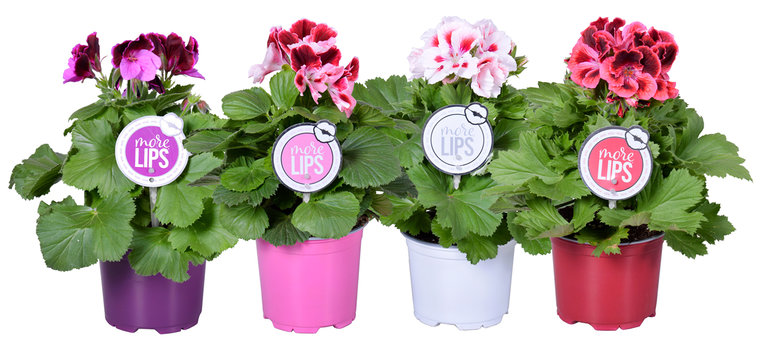
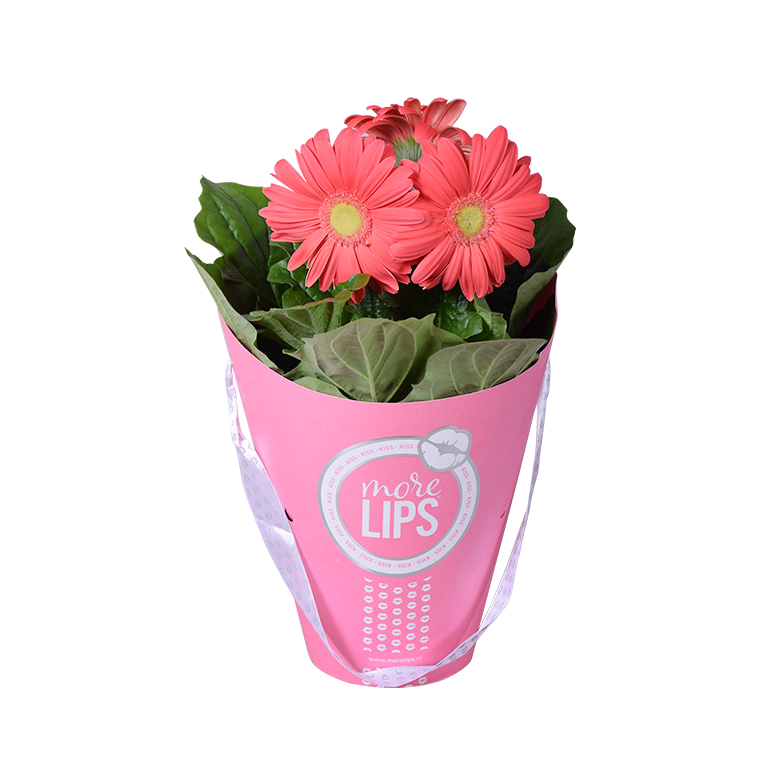

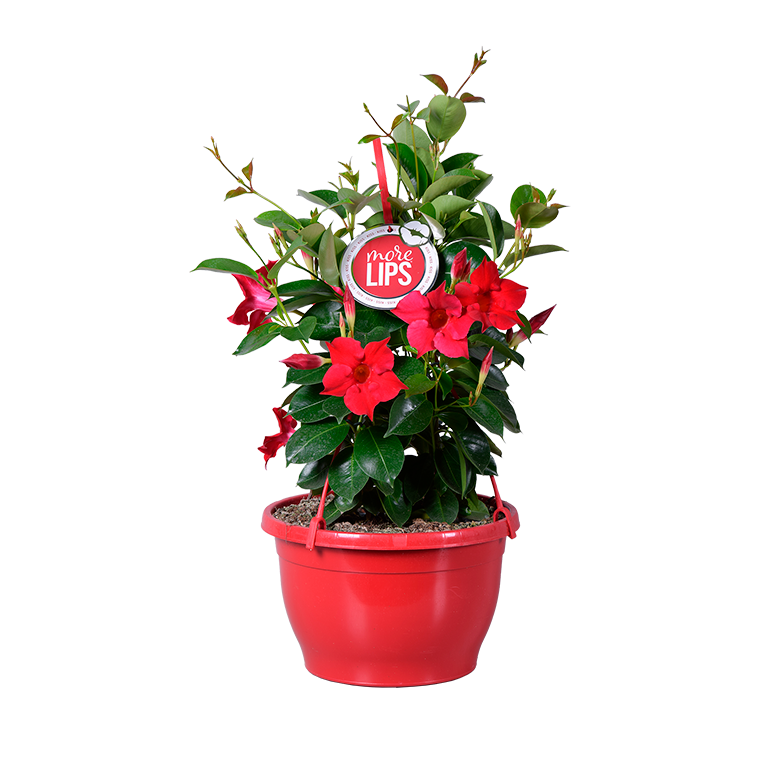
-760-0.jpg)
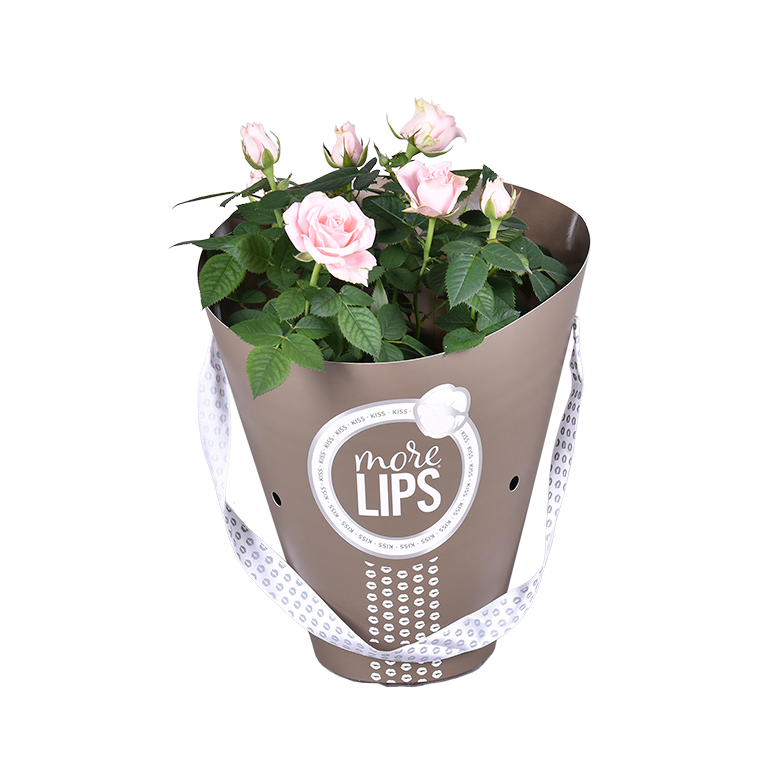
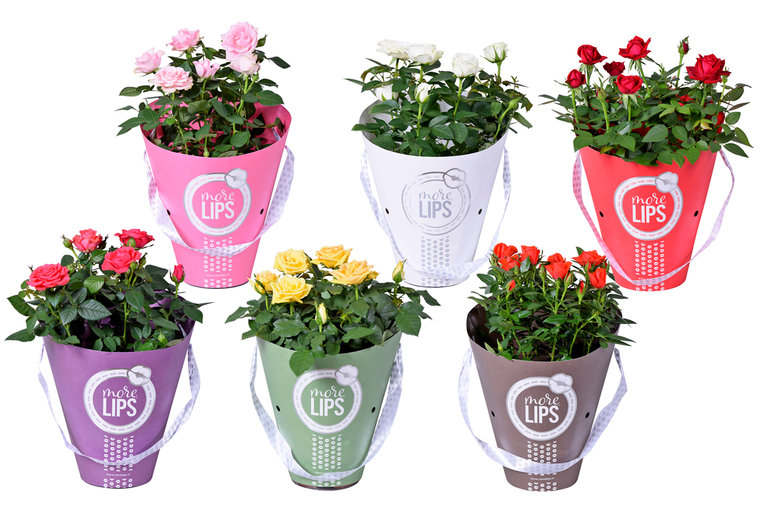
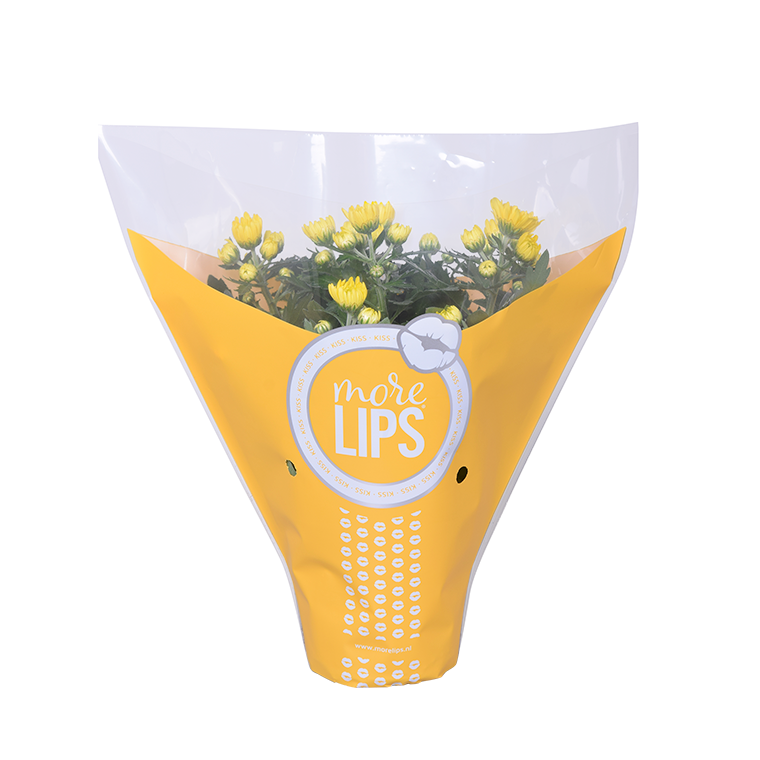
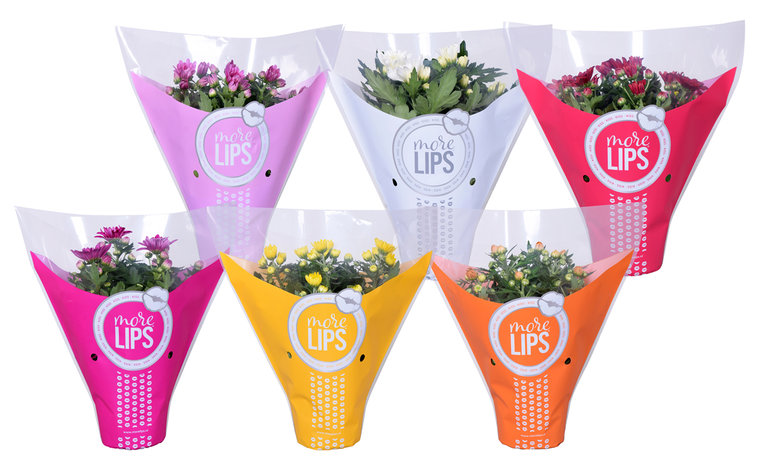
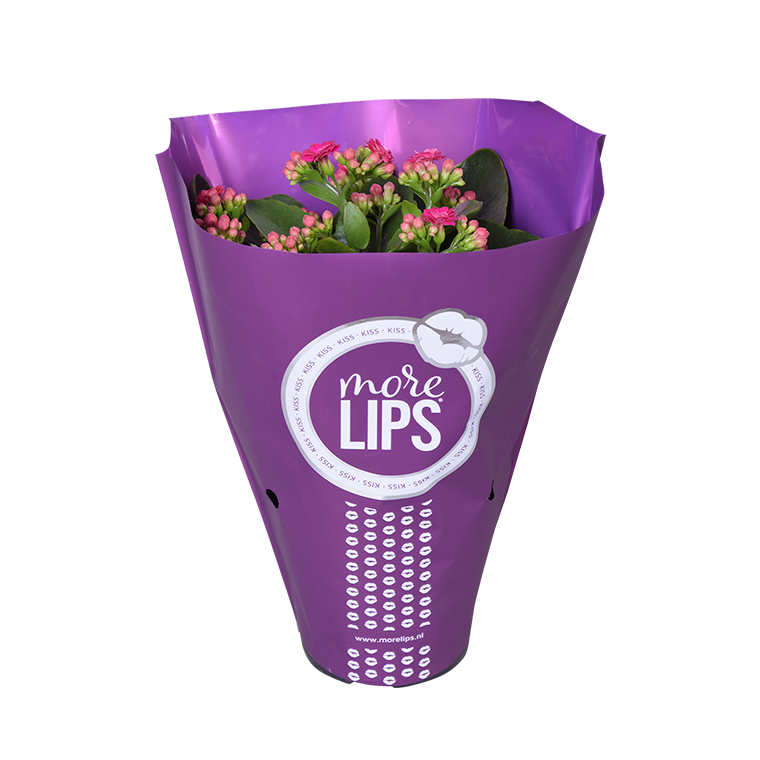

Happy Style. Compact, colourful plants for a cheerful decoration in house.
Care
Likes to be in a light and rather cool place in the house.
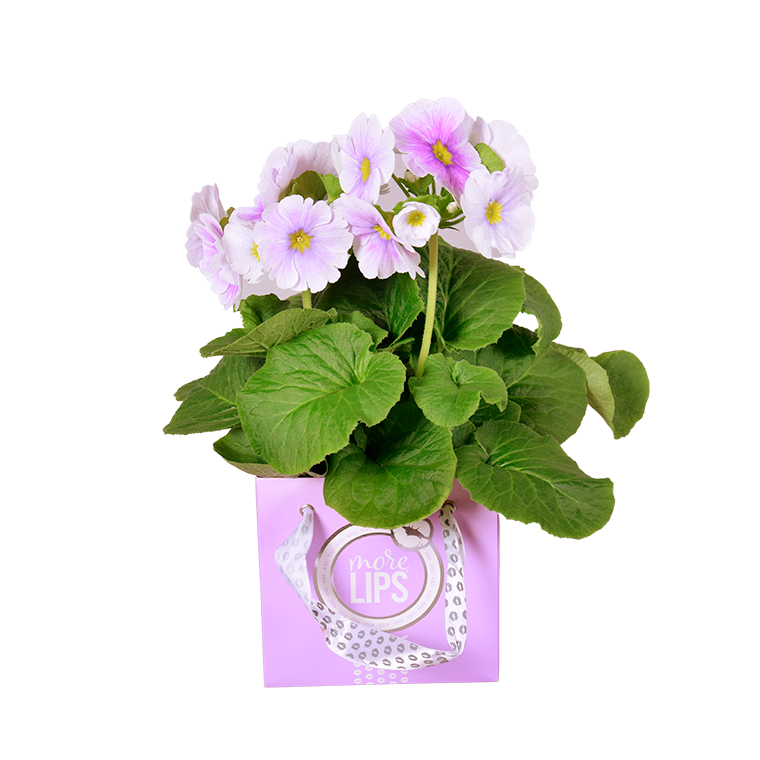
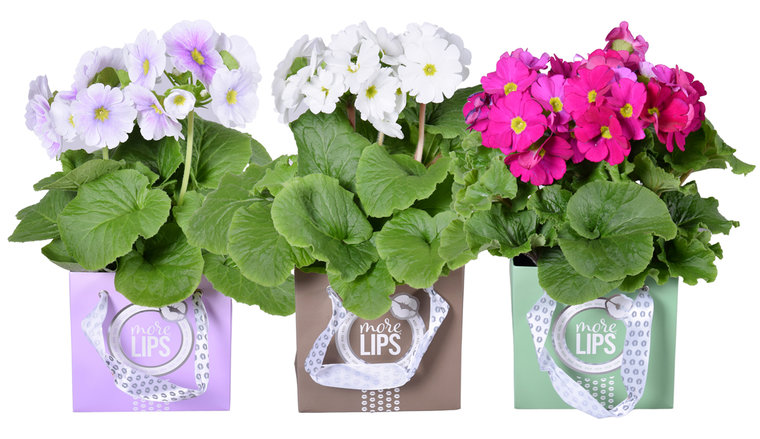
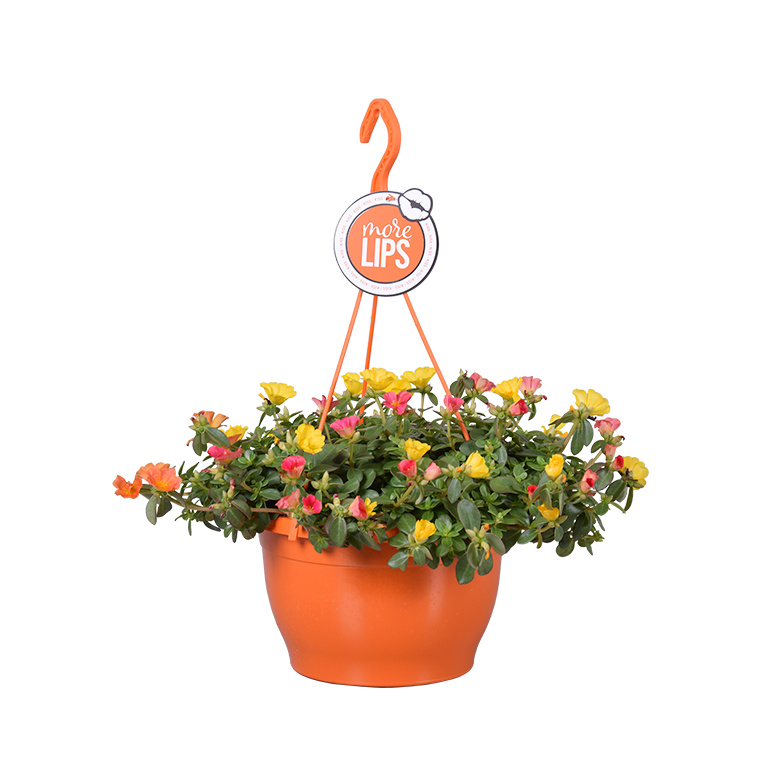

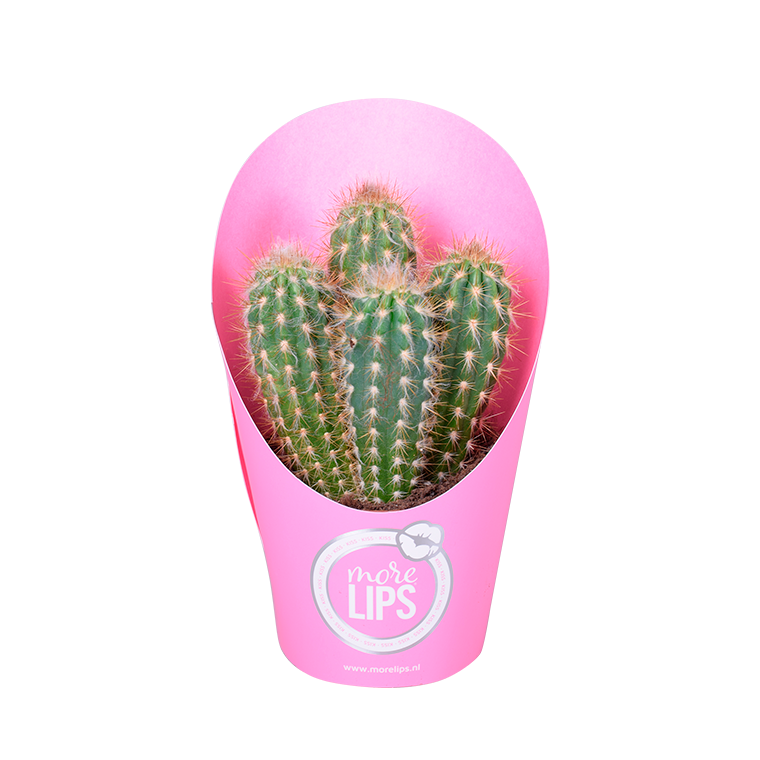
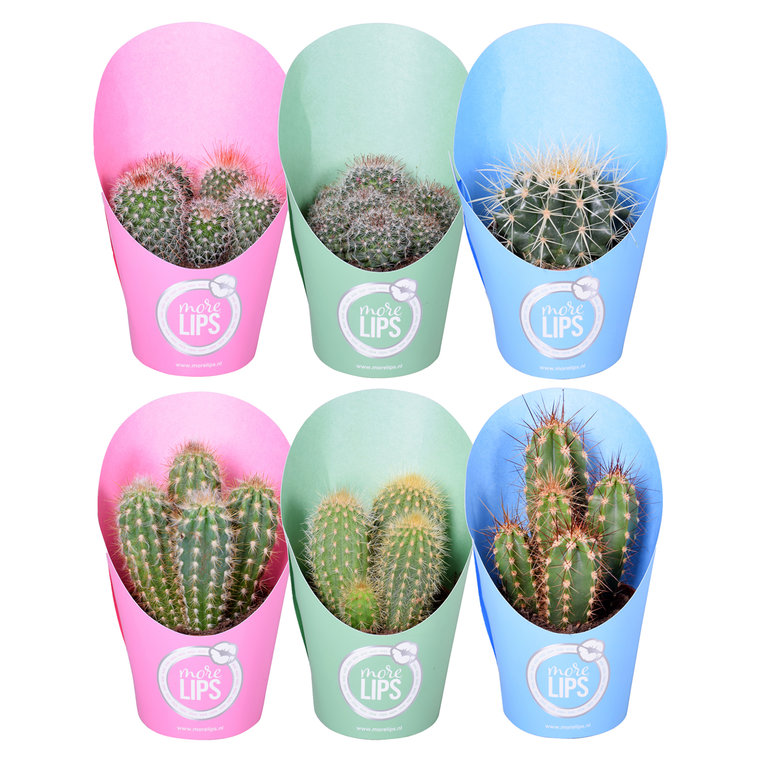
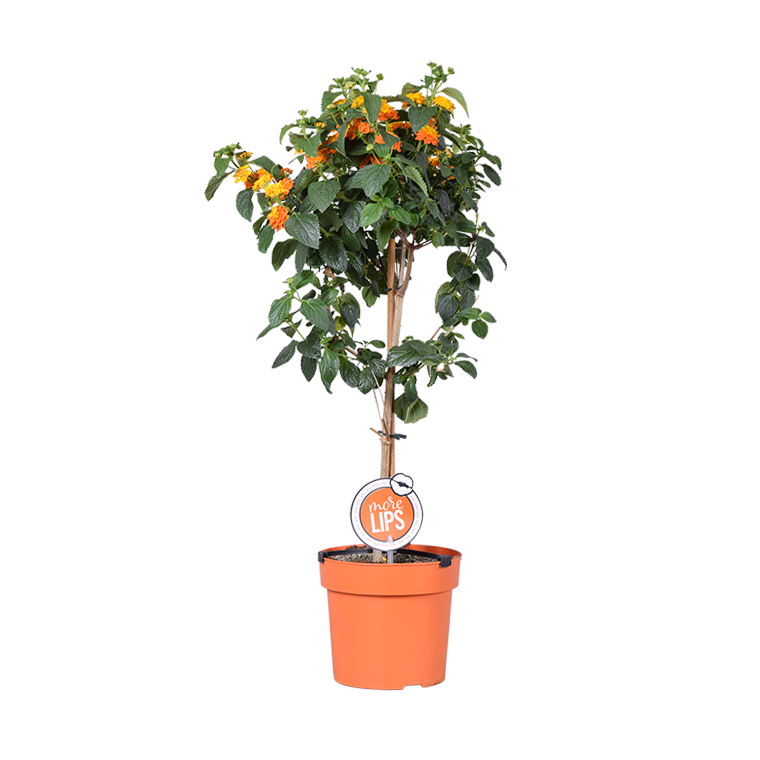
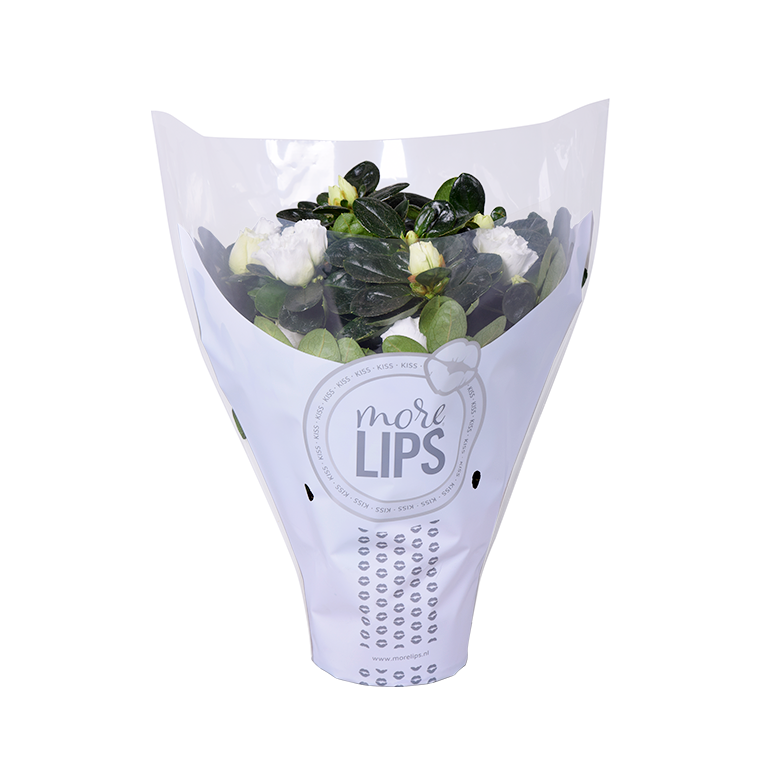
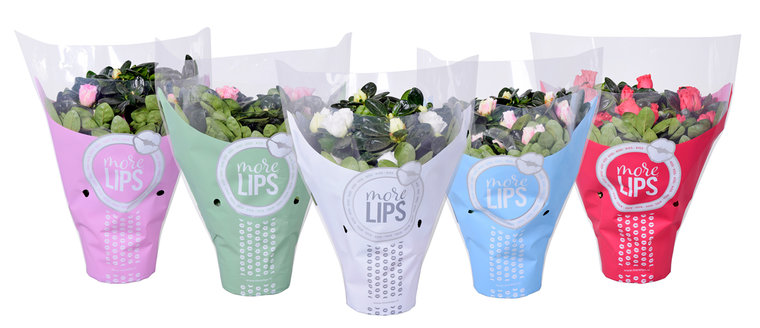

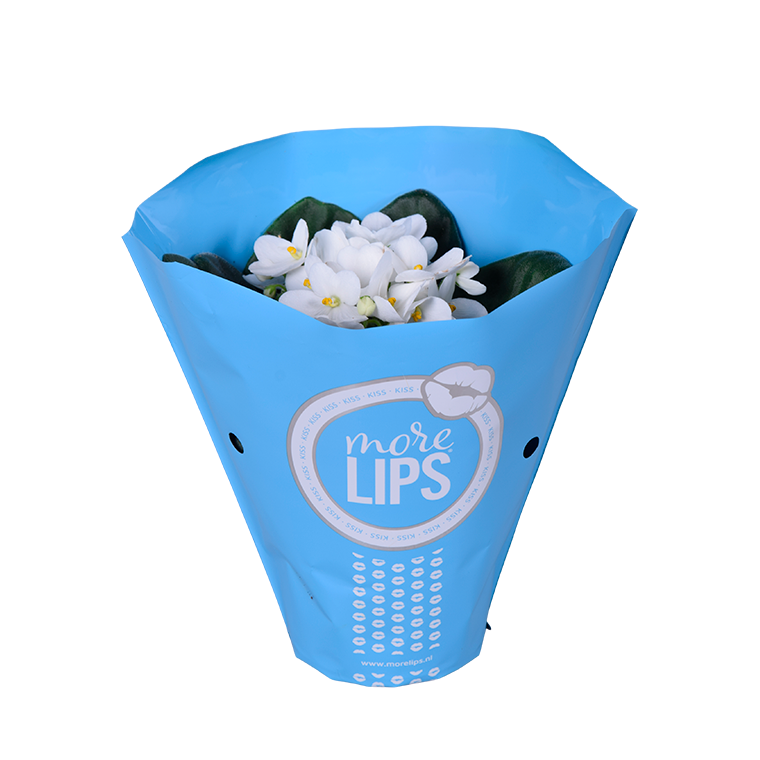

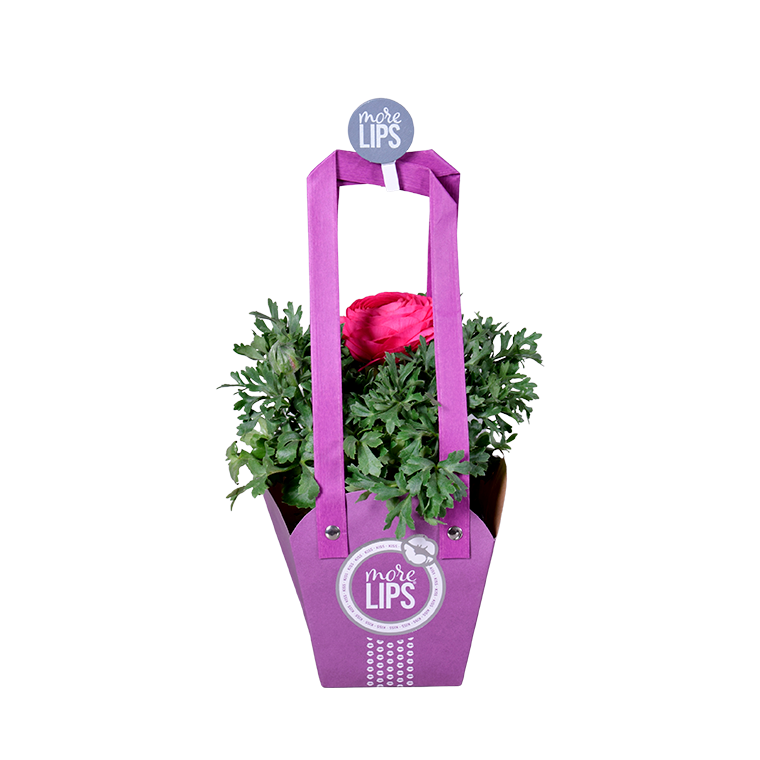
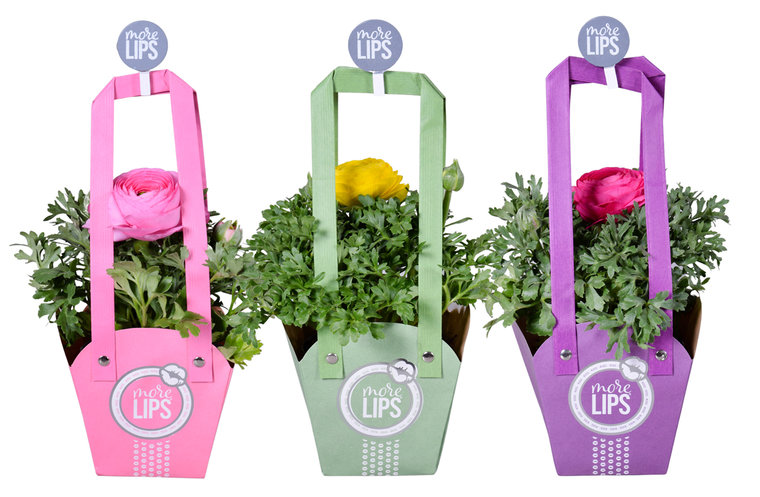
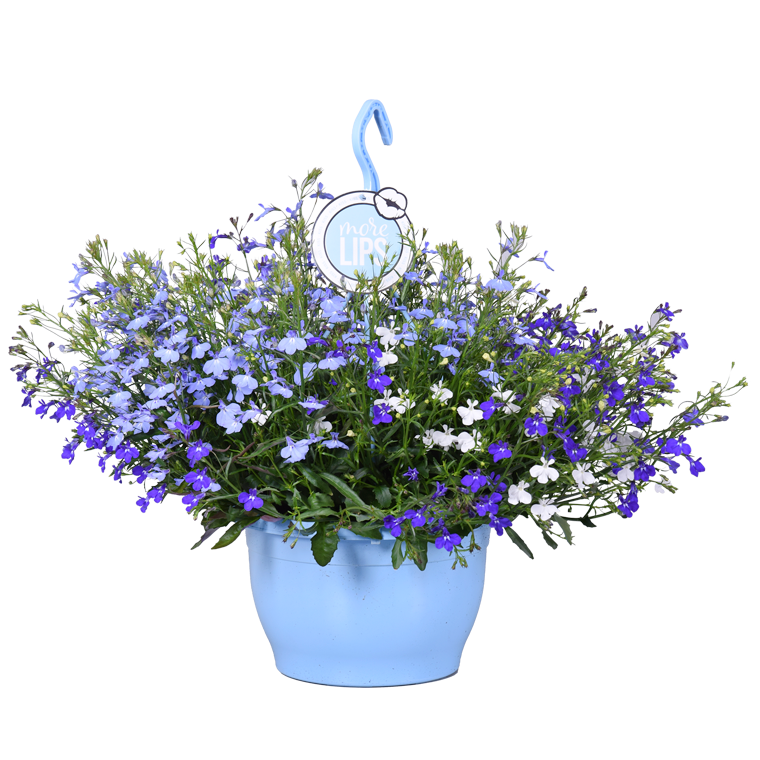
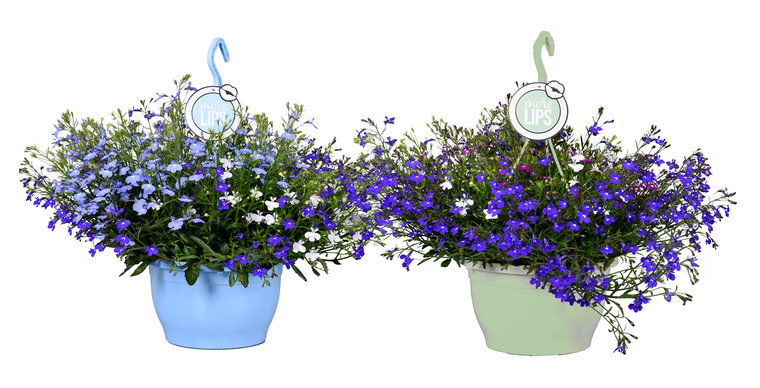
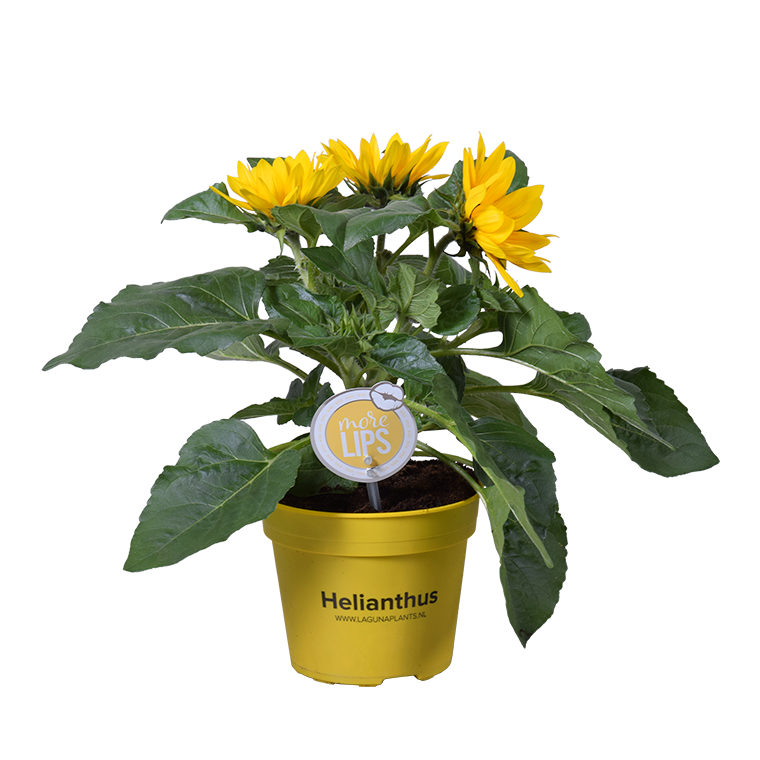
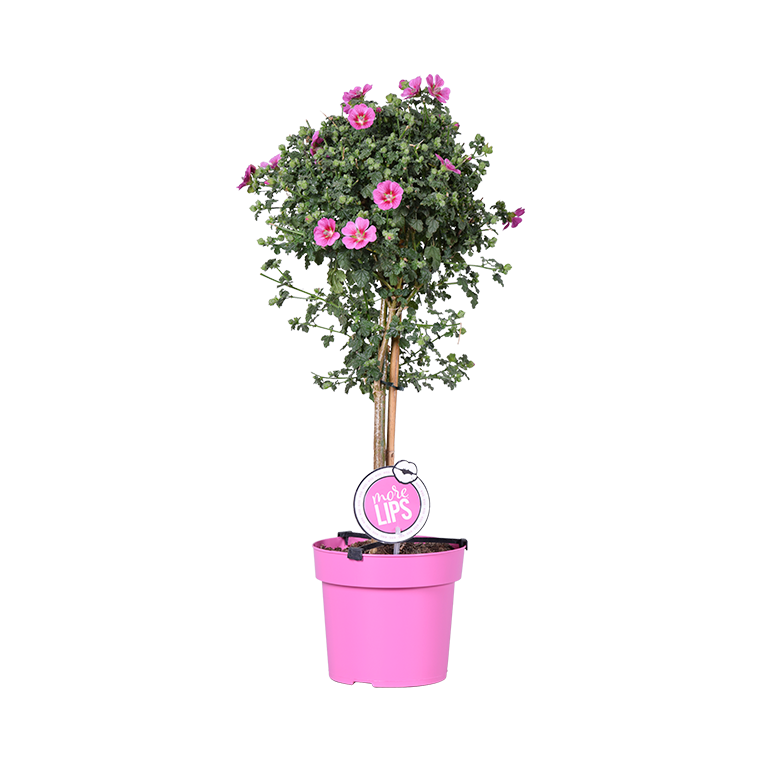
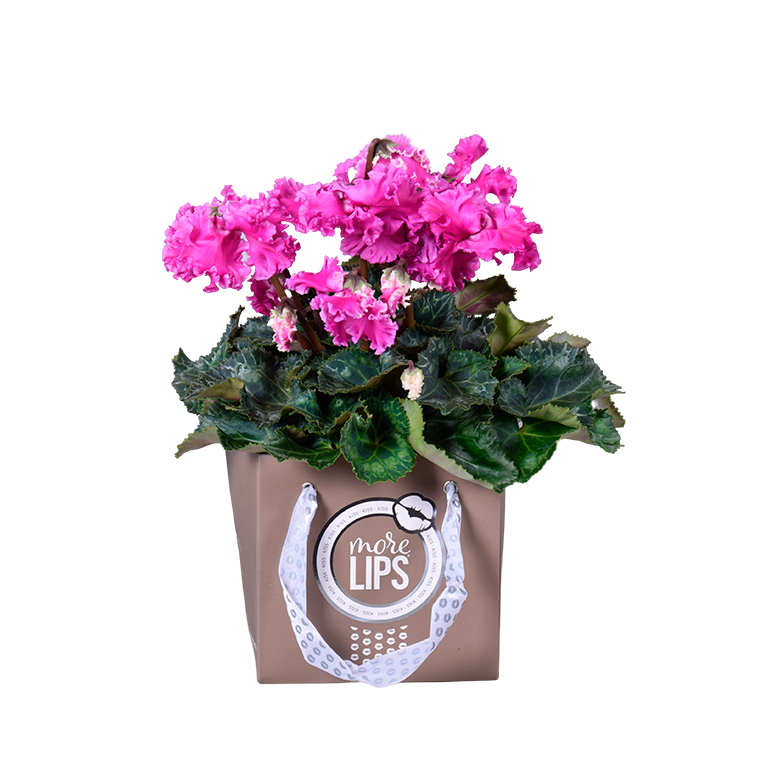
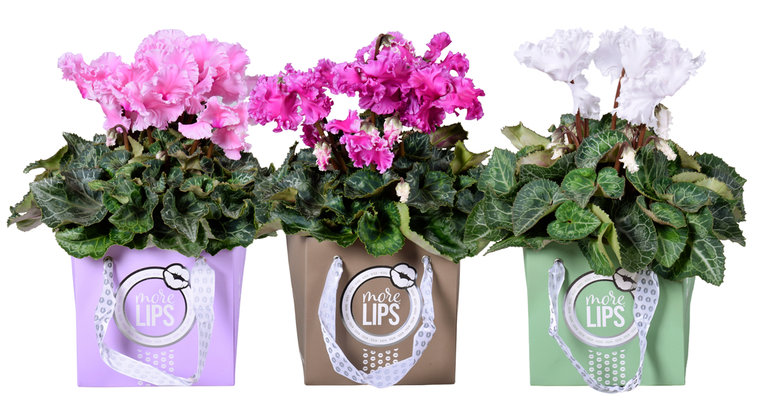
The Christmas rose likes a sheltered position and can tolerate partial shade, but will also thrive in a sunny spot. The plant will produce fewer flowers in full shade. It's a homebody that does not like to be moved, even in pots. The Christmas rose needs quite a lot of water, and prefers soil which can retain moisture well. Its leaves will droop to signal when it's time for a top-up, and will then be firm and upright again after a couple of hours. Avoid standing water, since this will cause the roots to rot.
Dry winds can cause the Christmas rose to dry out a lot. Keep an eye on the weather forecast and give it plenty of water before the frost comes. There's no point pouring water onto frozen soil - it will just freeze and can damage the plant. The plant consumes a lot of energy by flowering during a cold period. Some extra plant food once a fortnight helps the production of new buds. The time to prune depends on the weather. The start of March is usually the best time to remove leaves and branches which have become unattractive. The first new leaves will then emerge at the end of April.
Care
Put the plant in a pot or in the ground outside at a sunny/half-shady spot. The plant shows with low hanging leaves if extra watering is needed. Winterhardy.
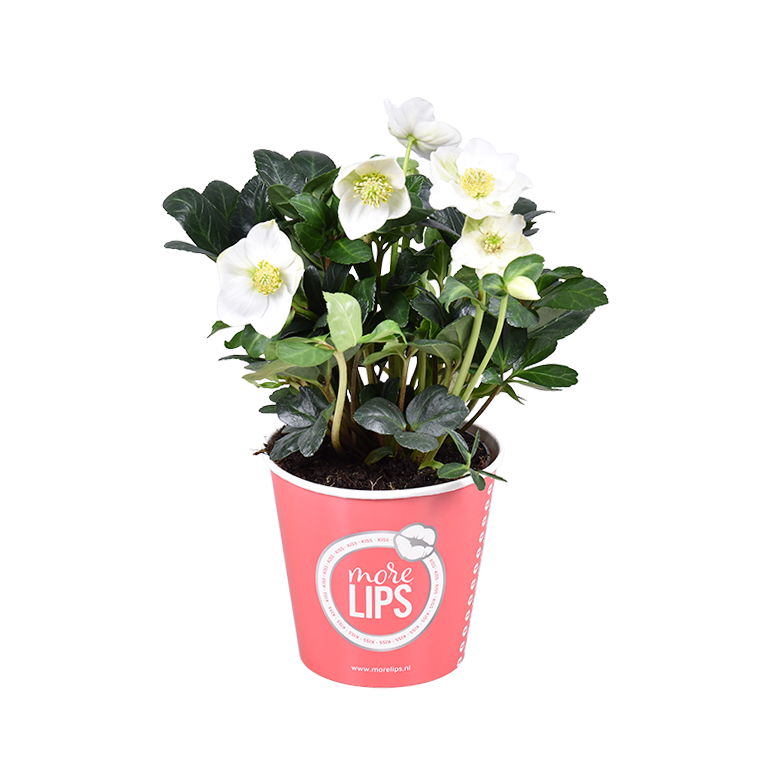
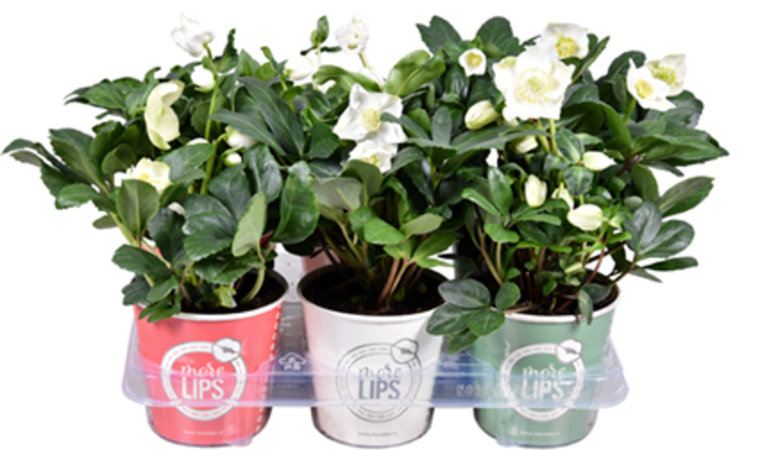
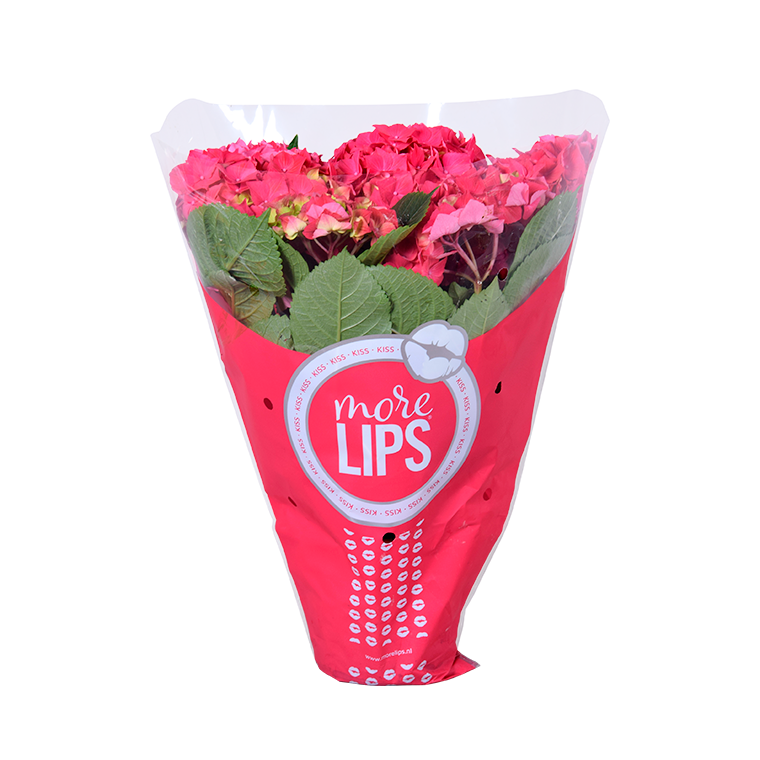
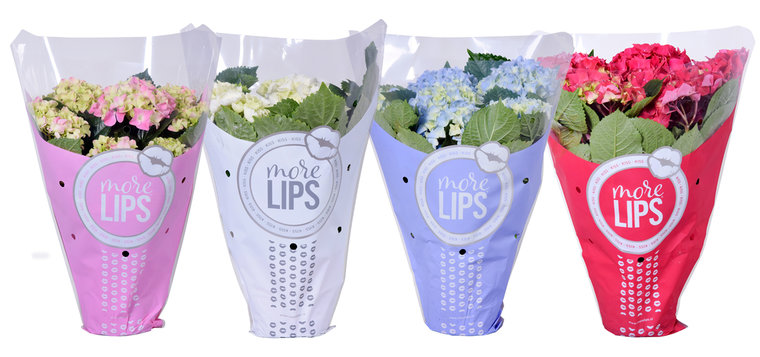
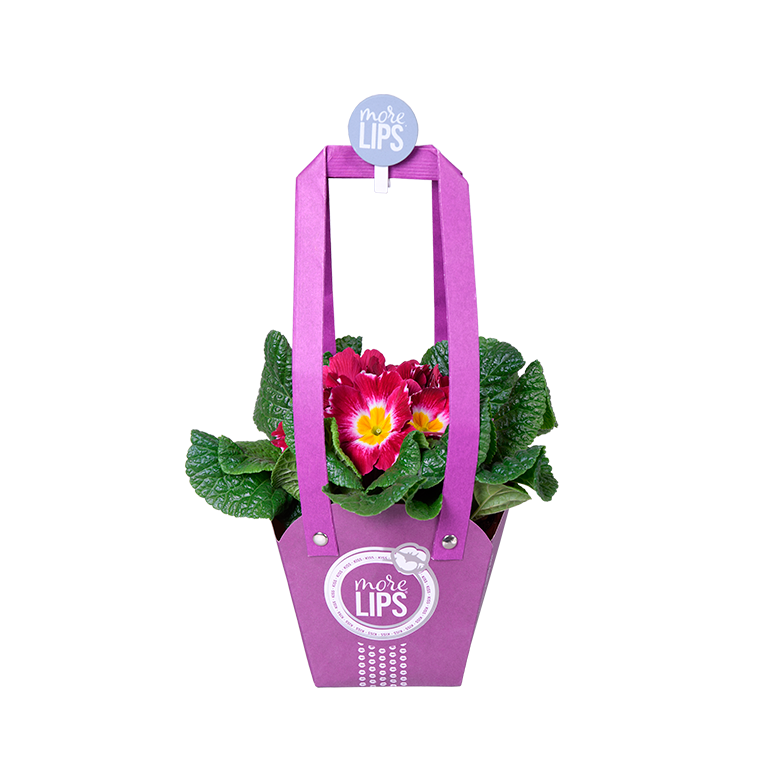
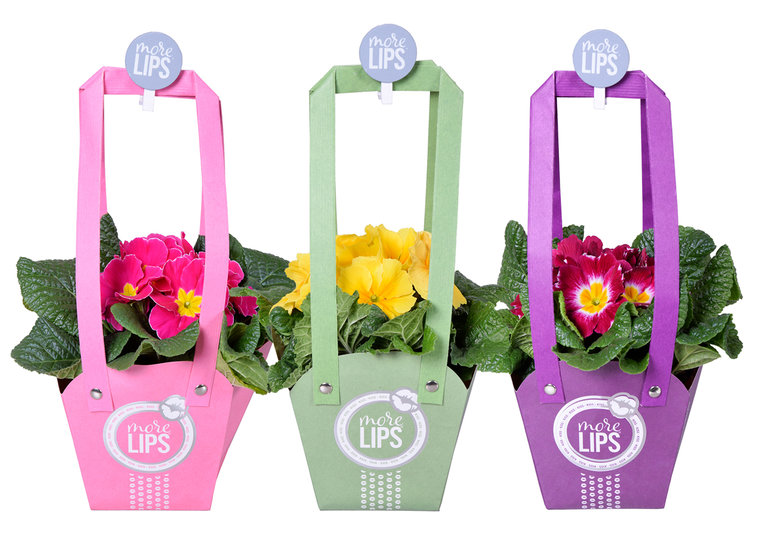
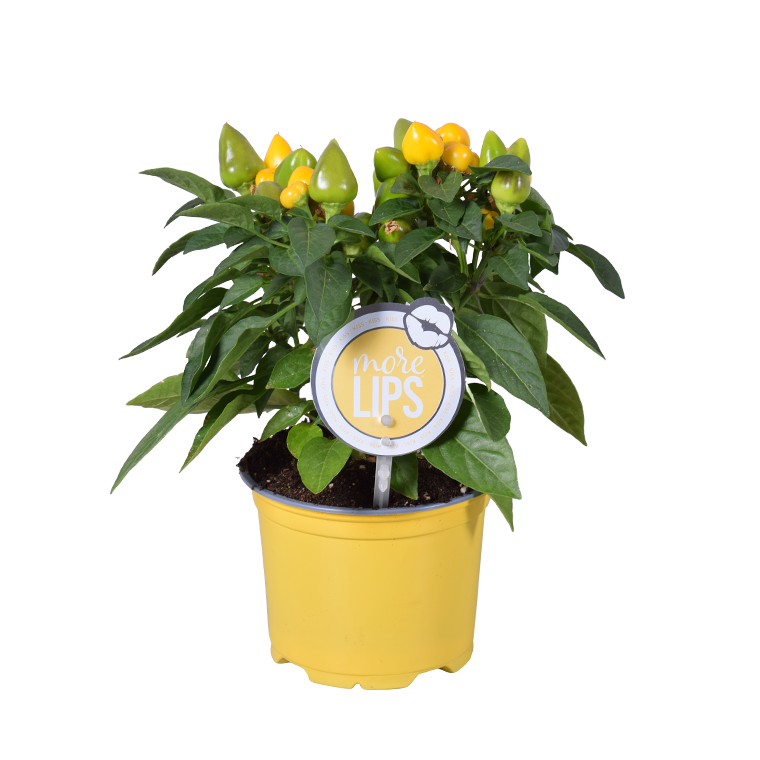
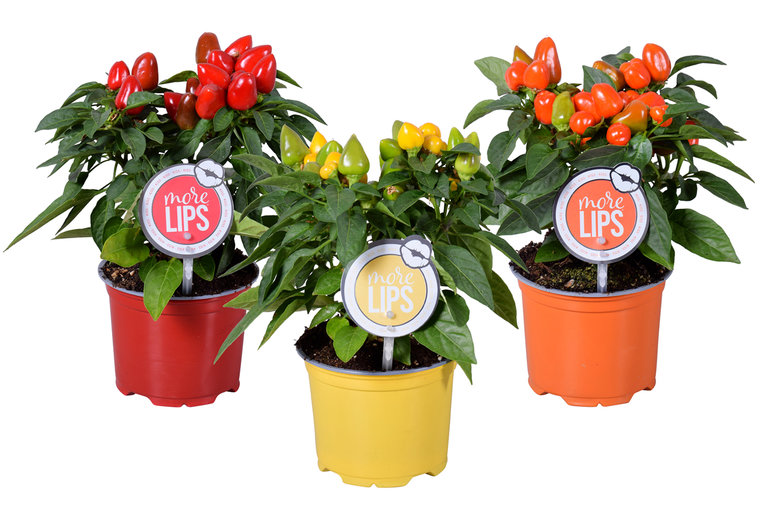

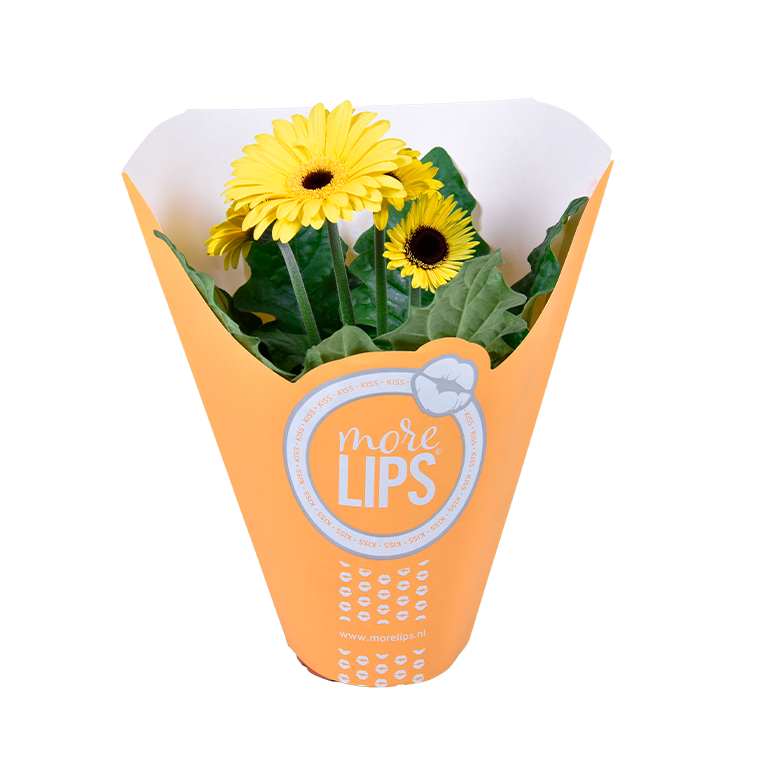
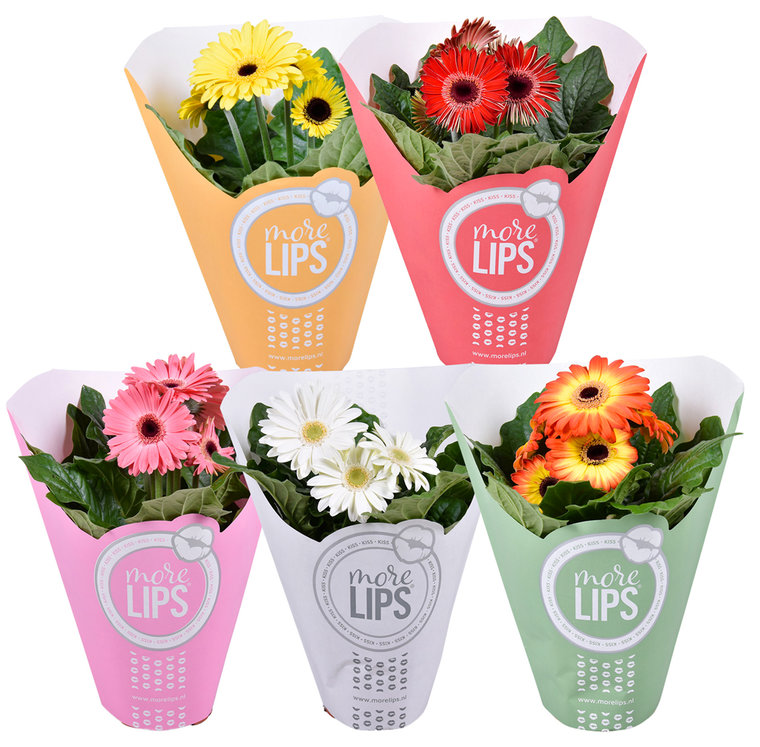
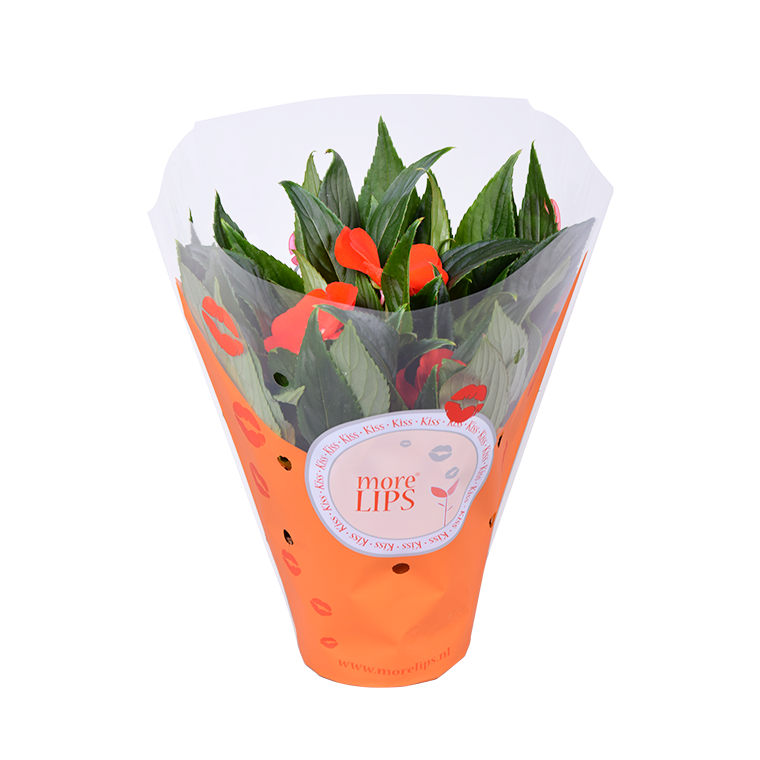
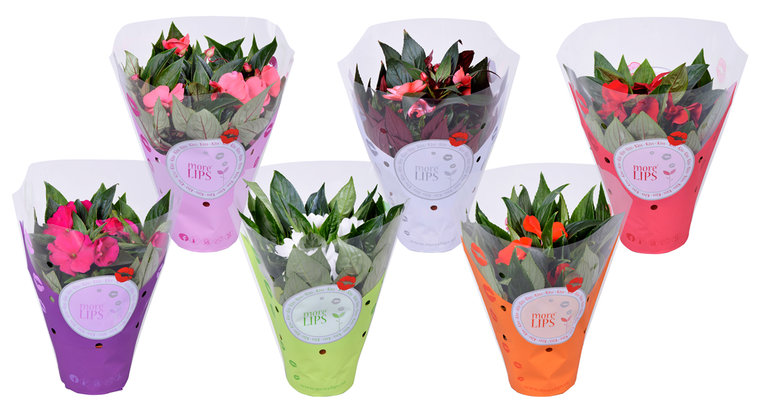
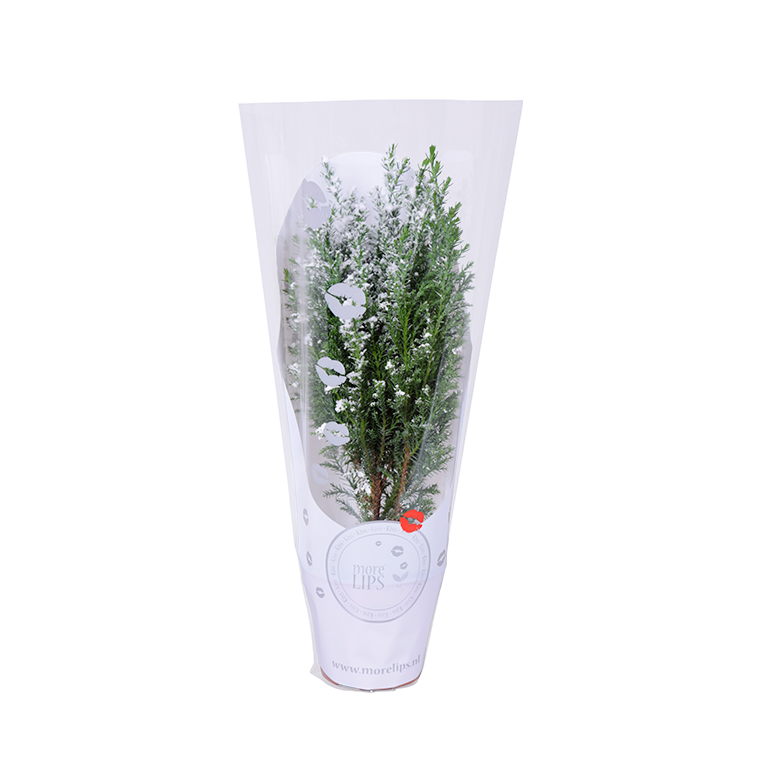
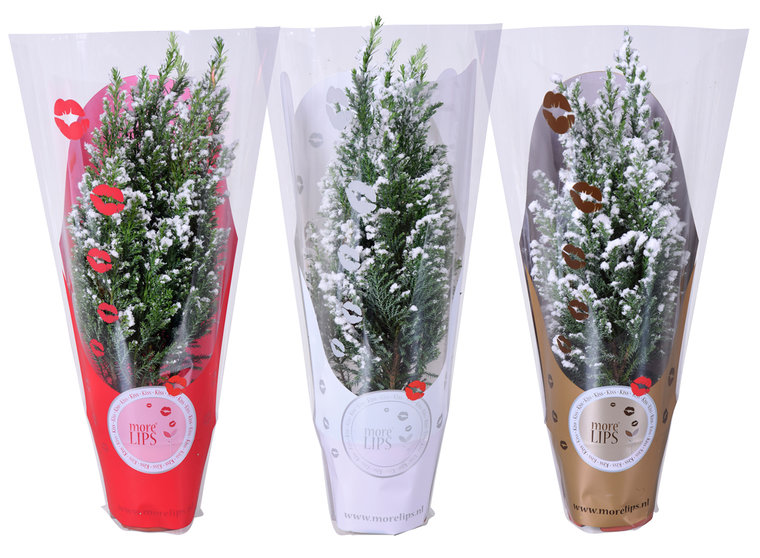
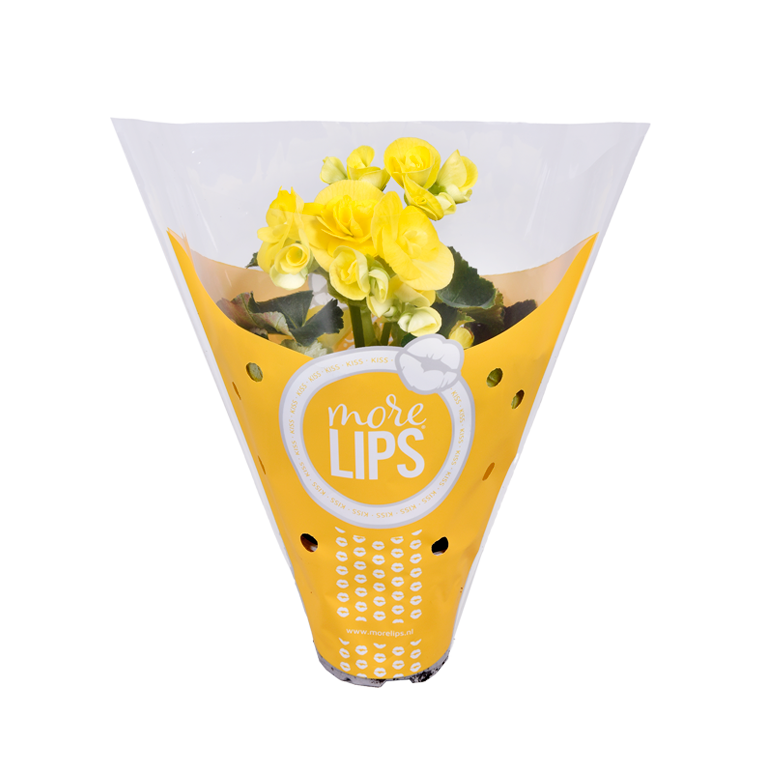
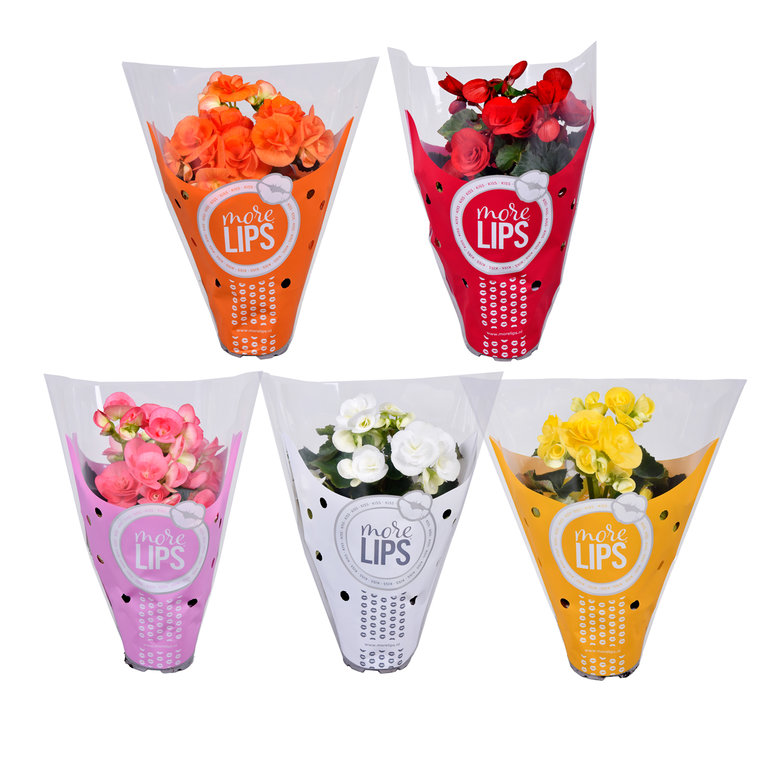
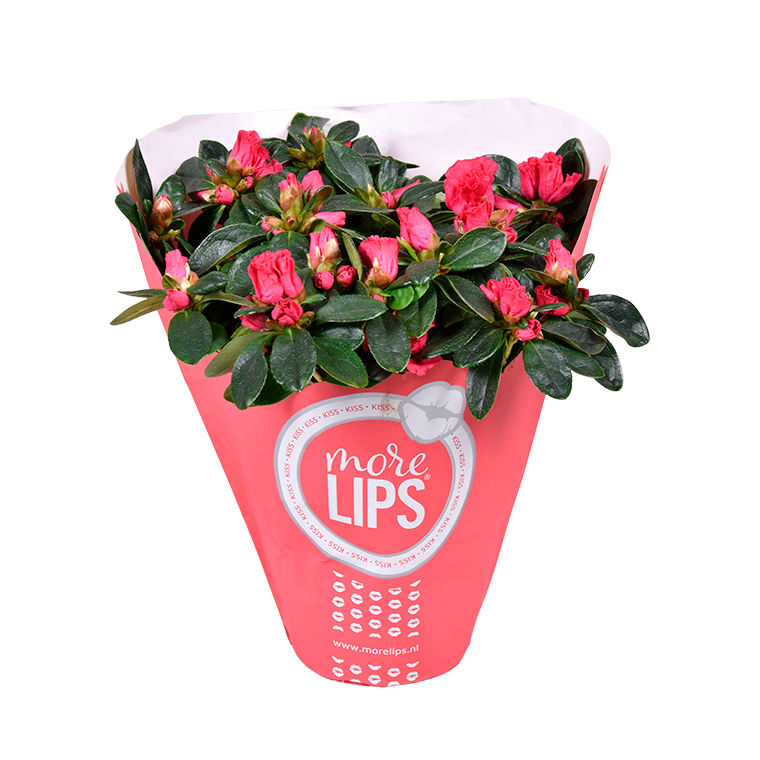
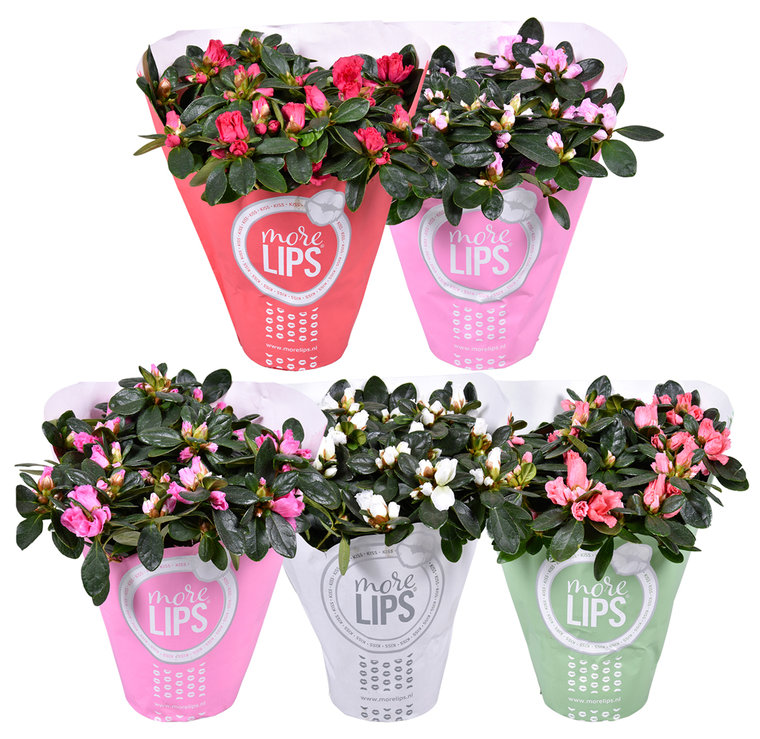

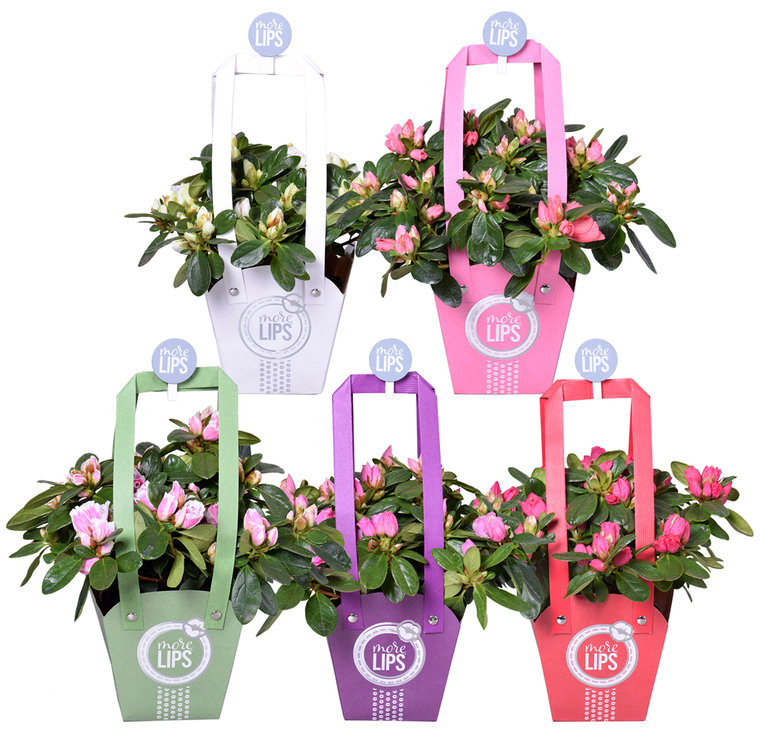
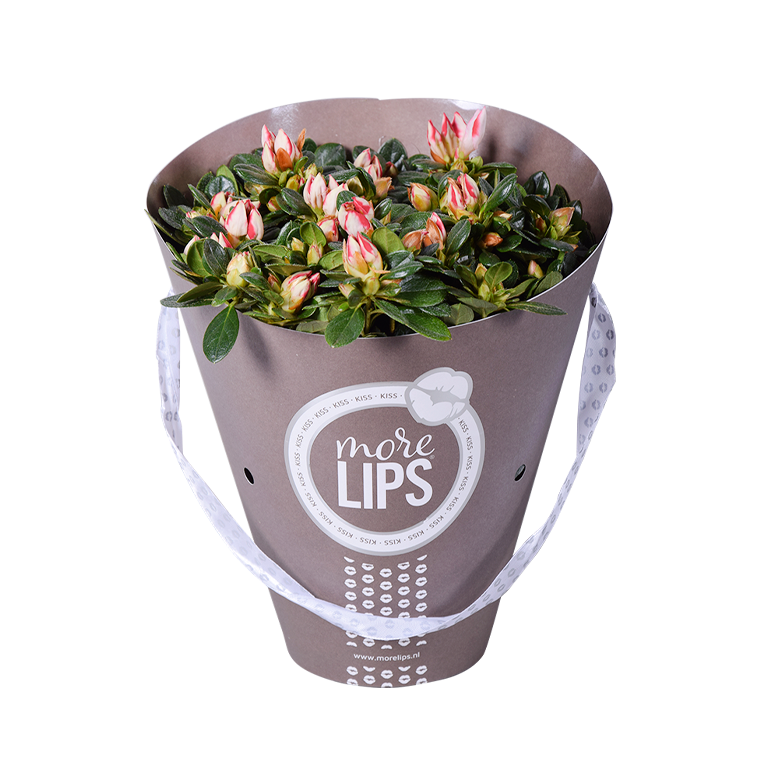
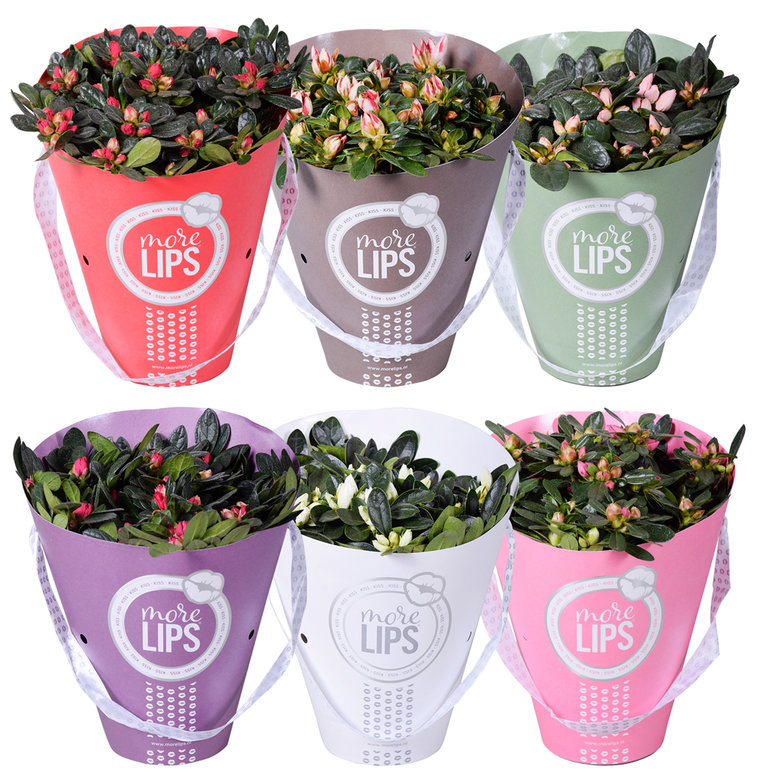
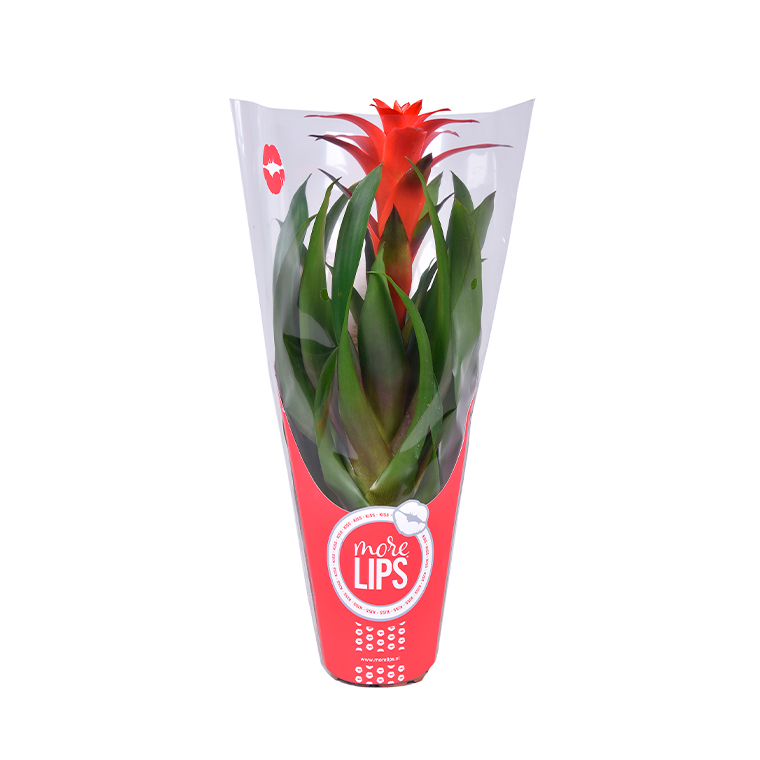
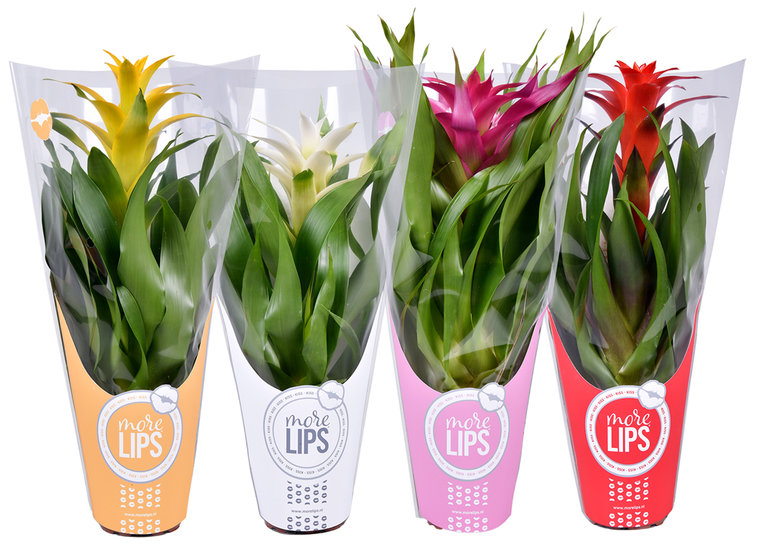
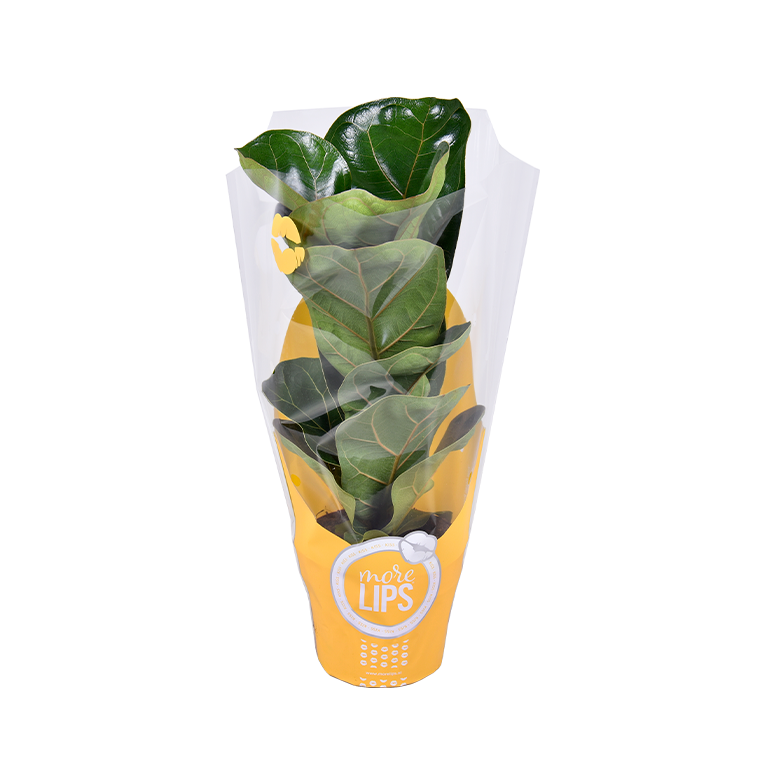
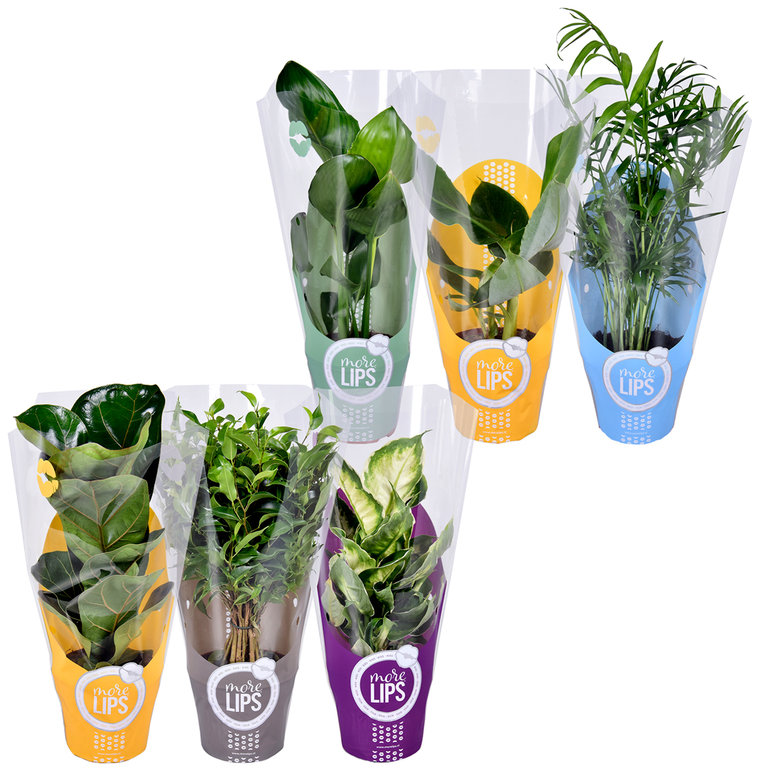
-760-760.png)
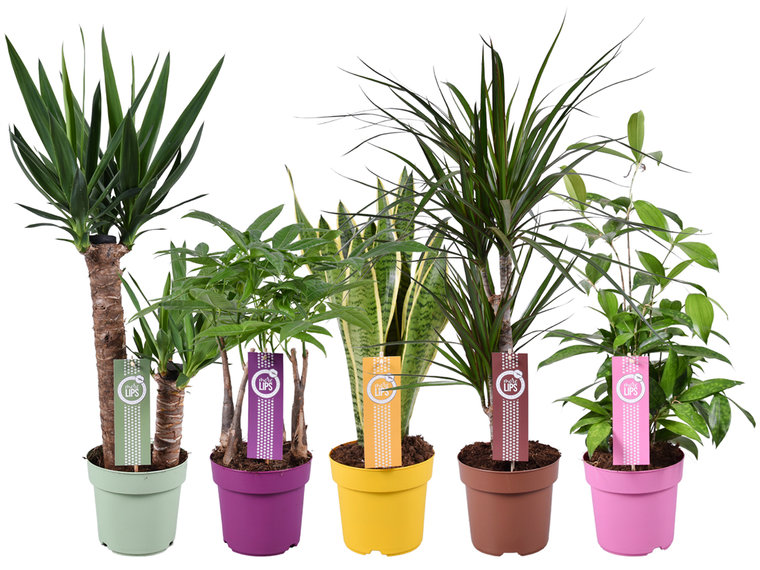
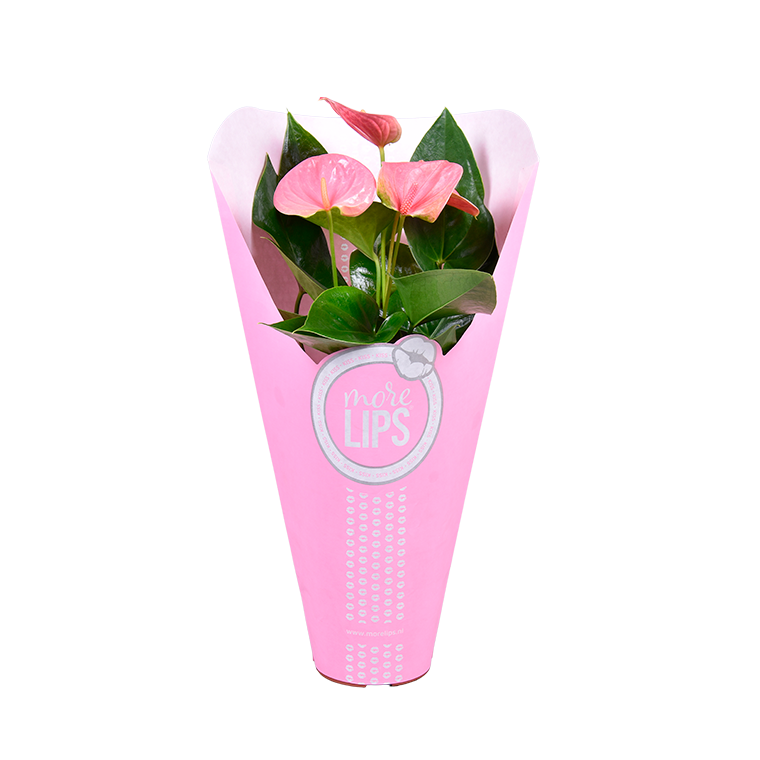


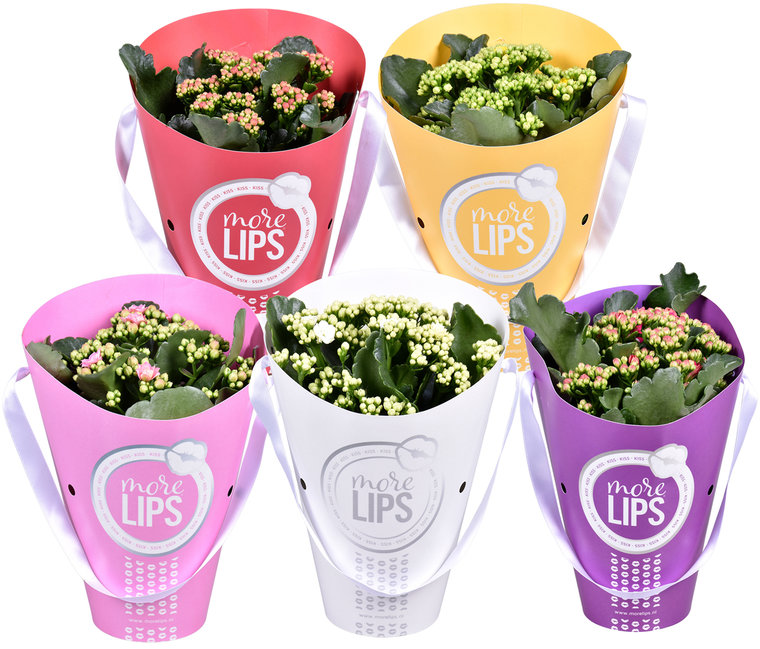
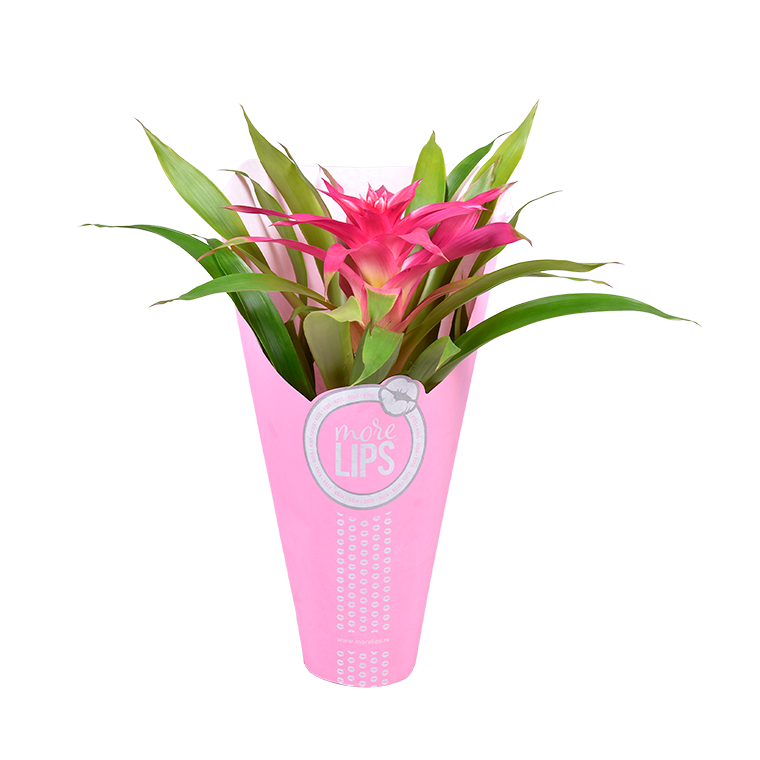
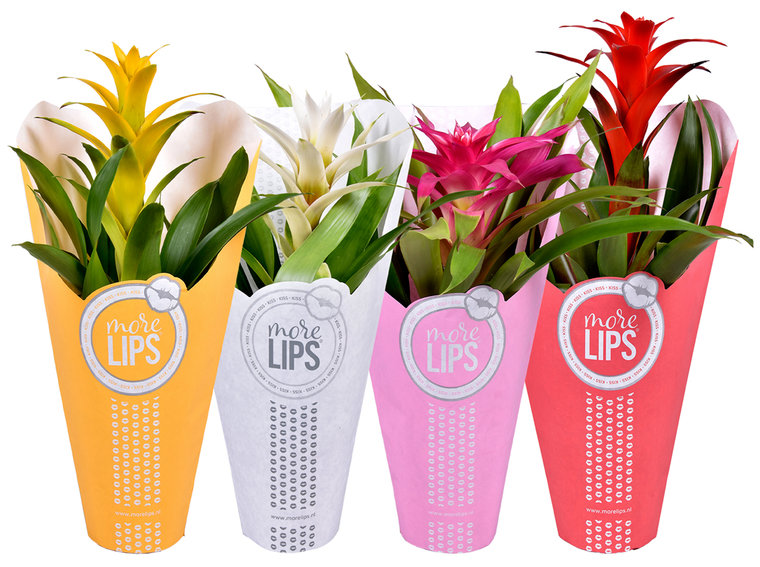
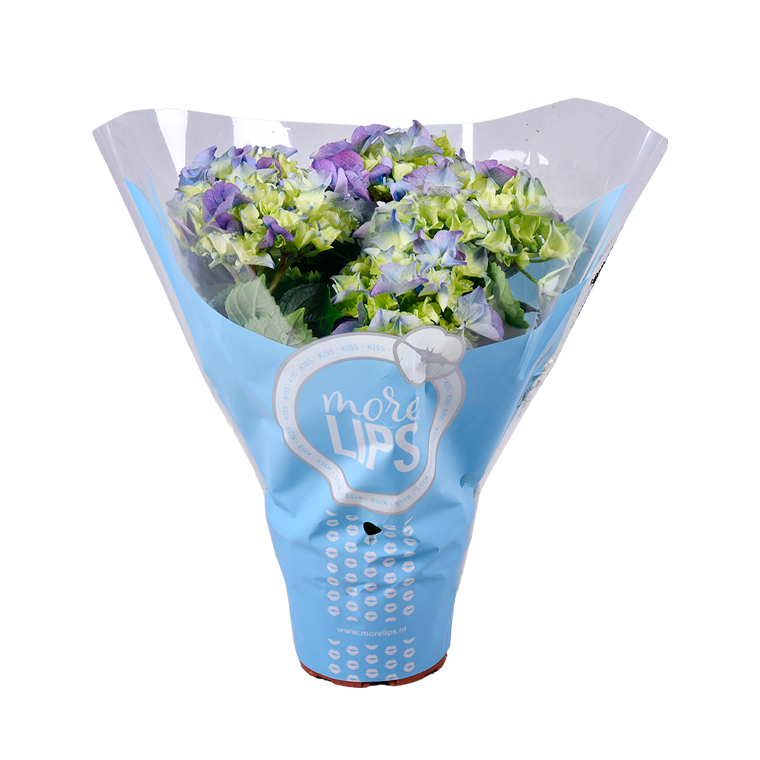

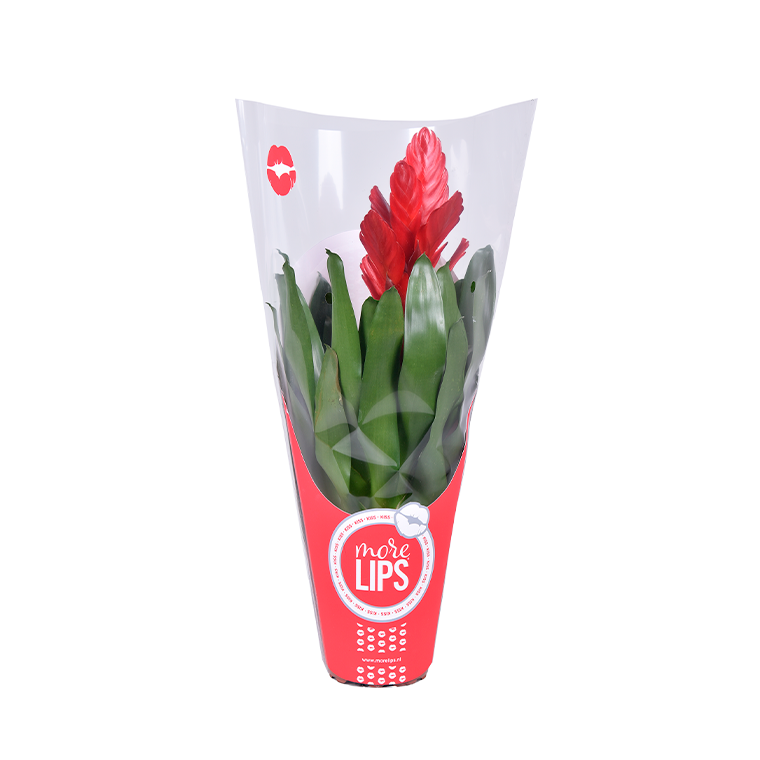
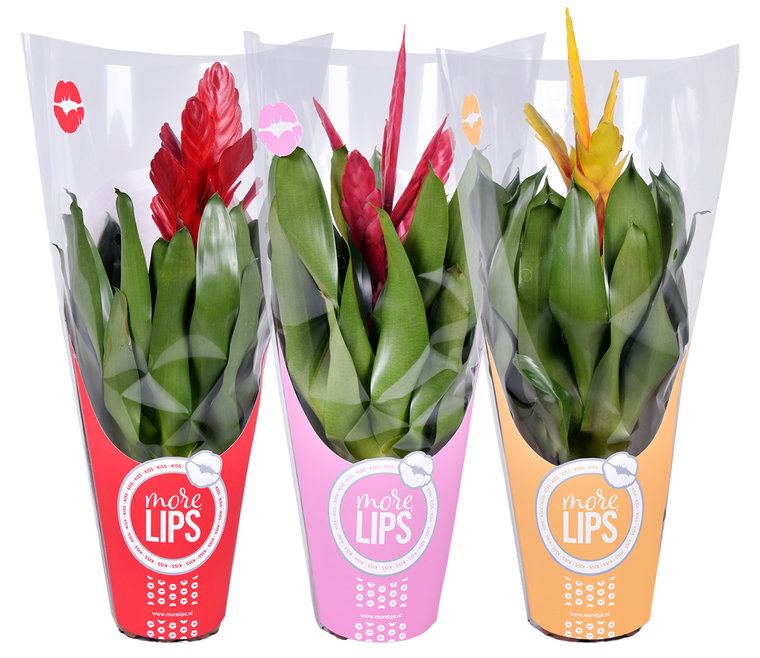
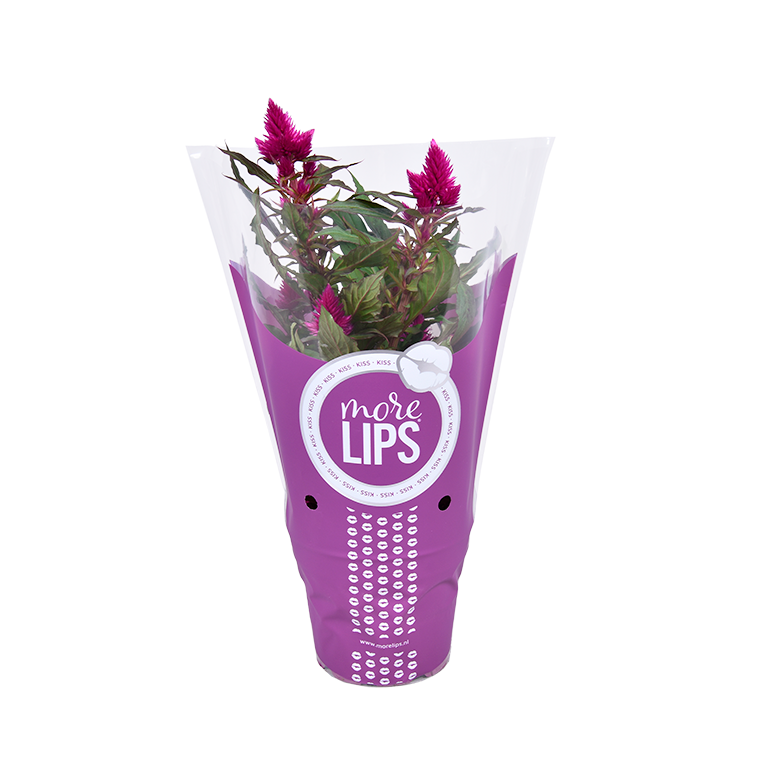

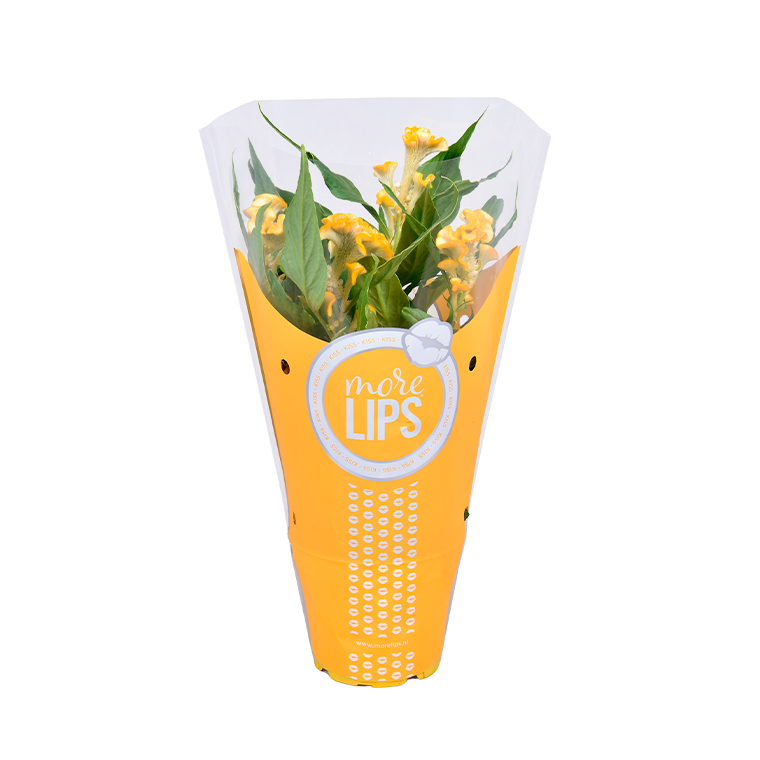
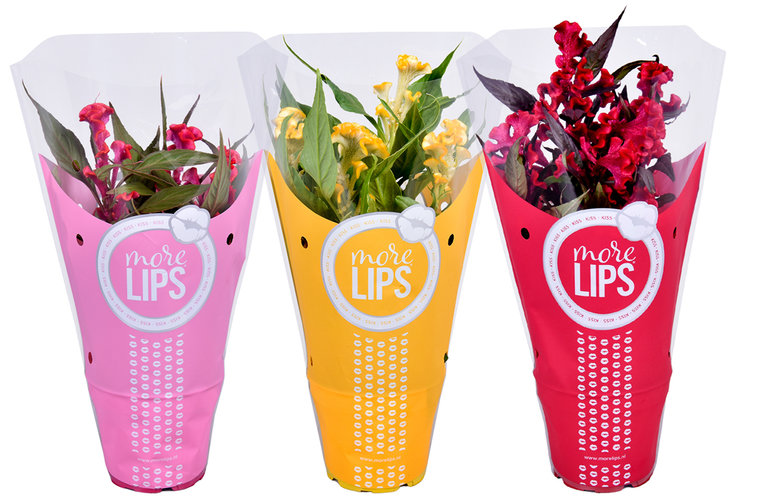
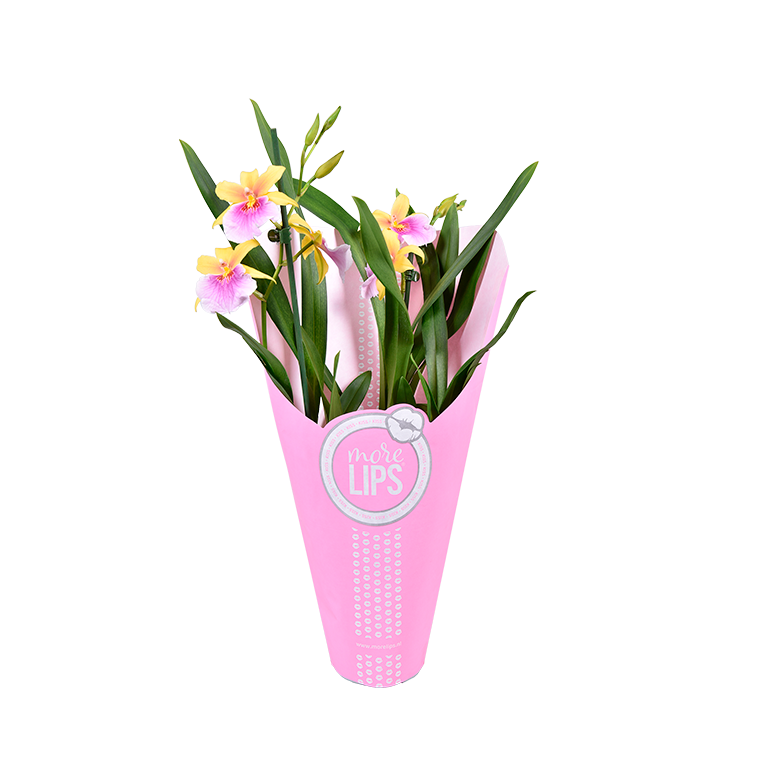
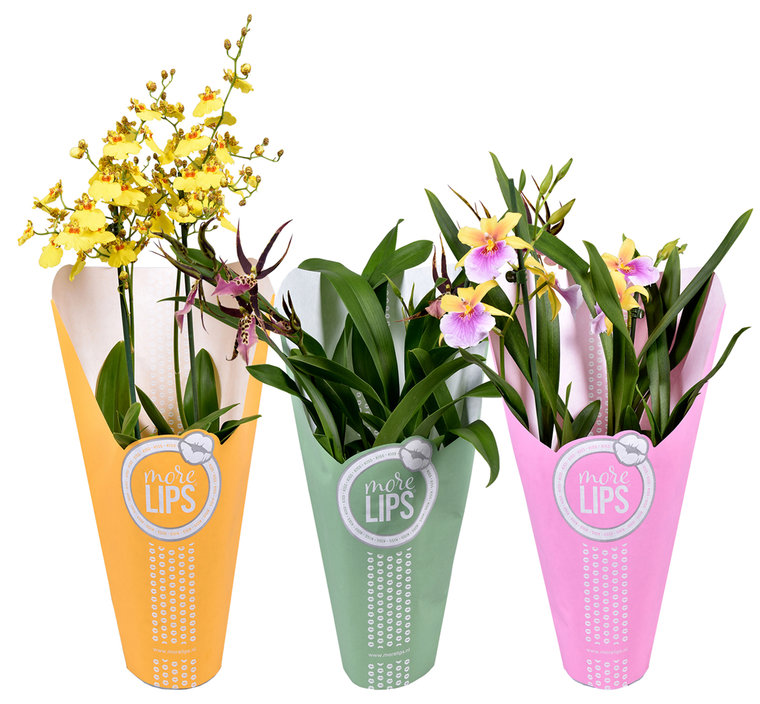
-760-760.png)
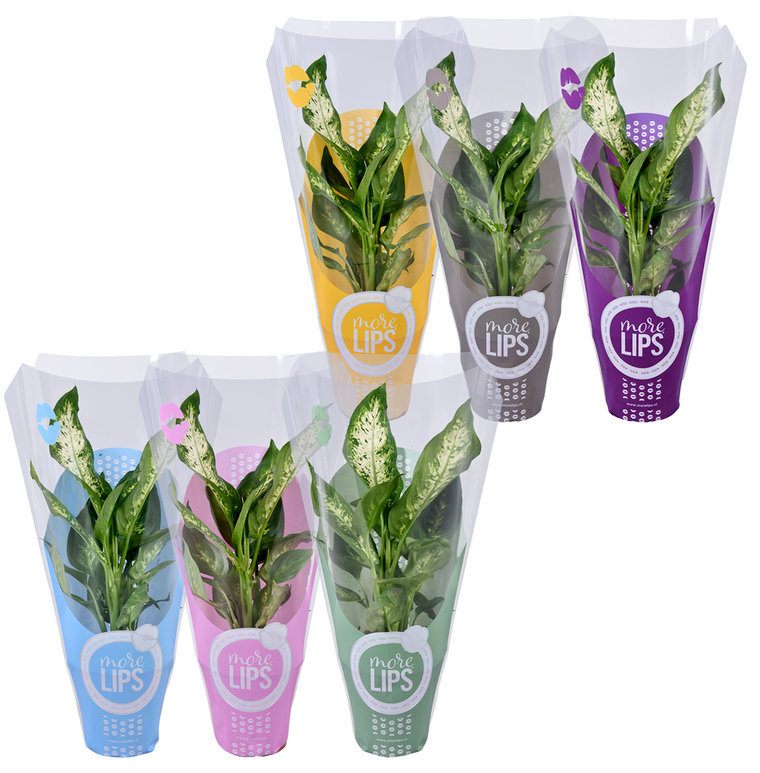
-760-760.png)
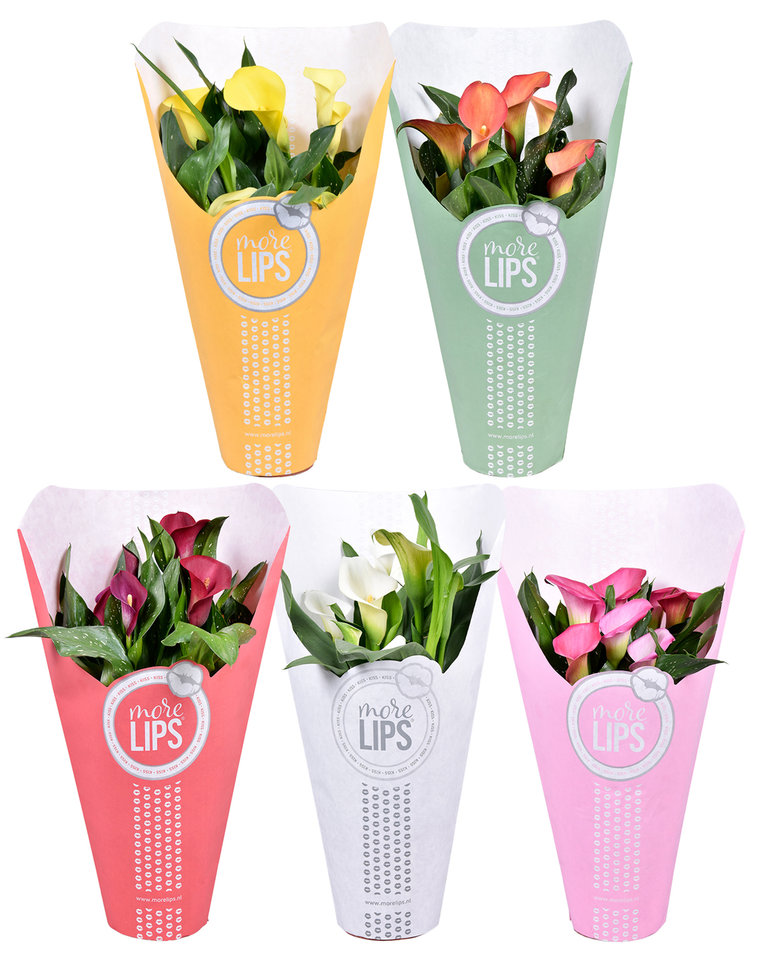
-760-760.png)
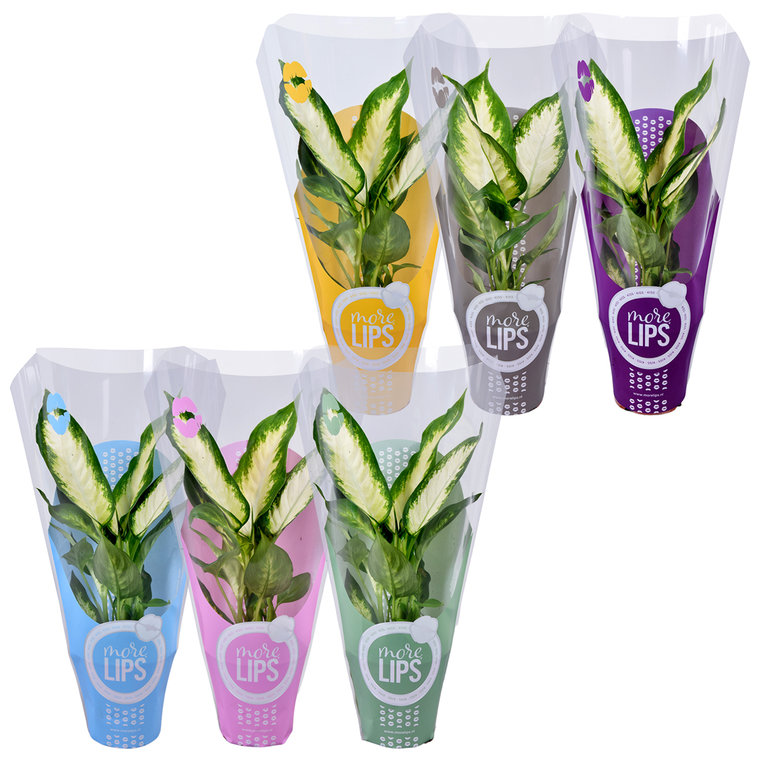
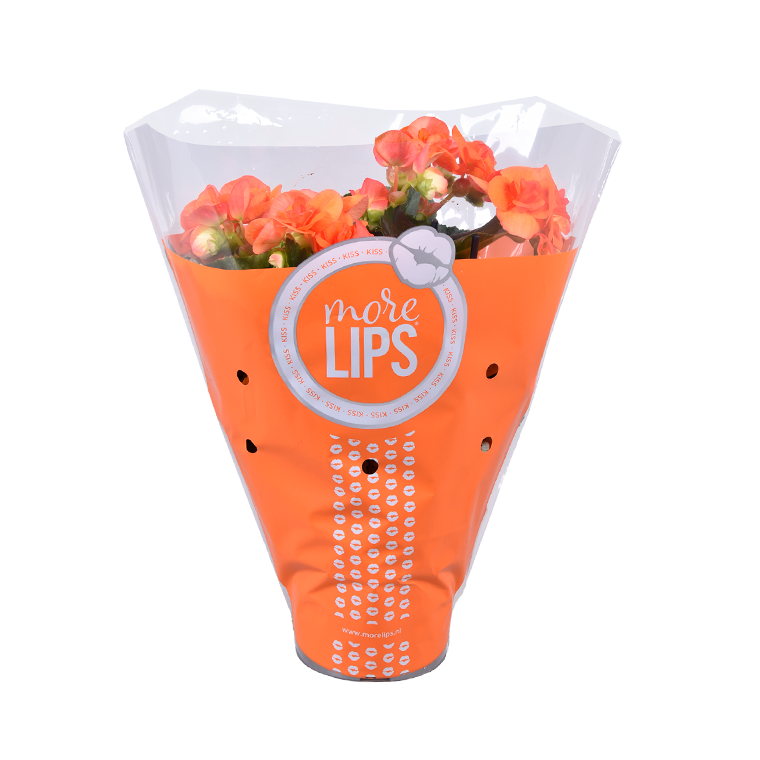
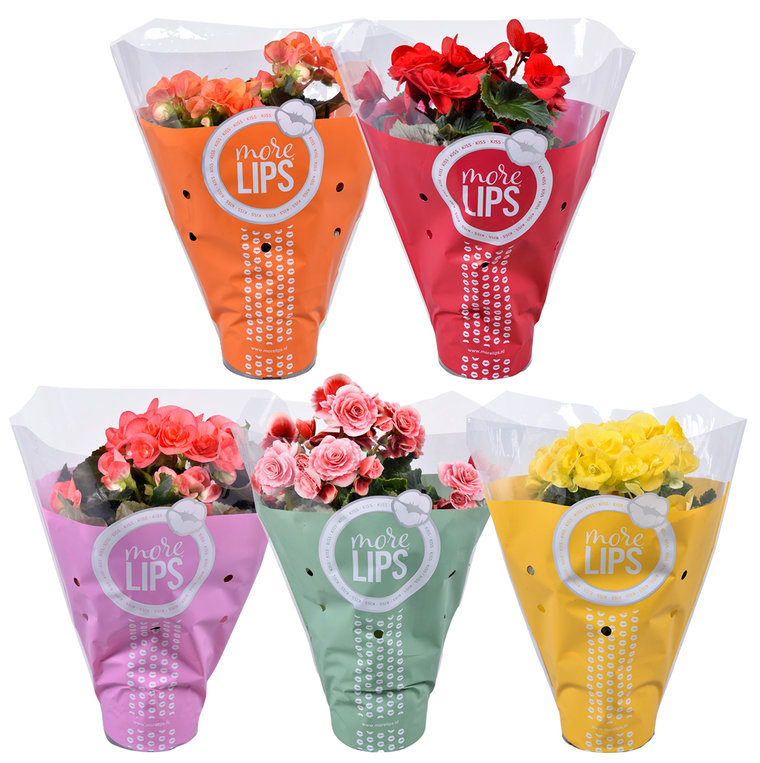
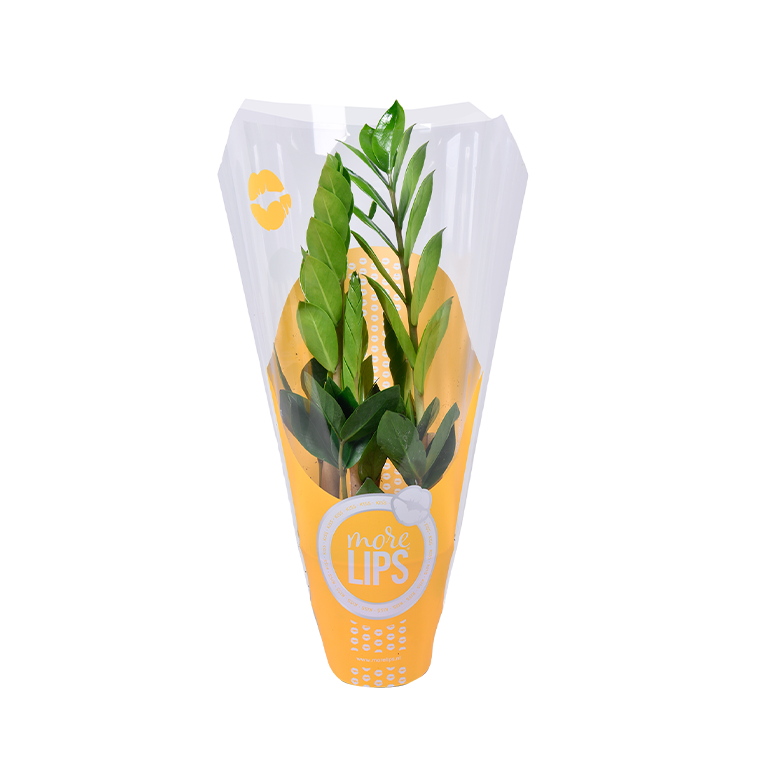
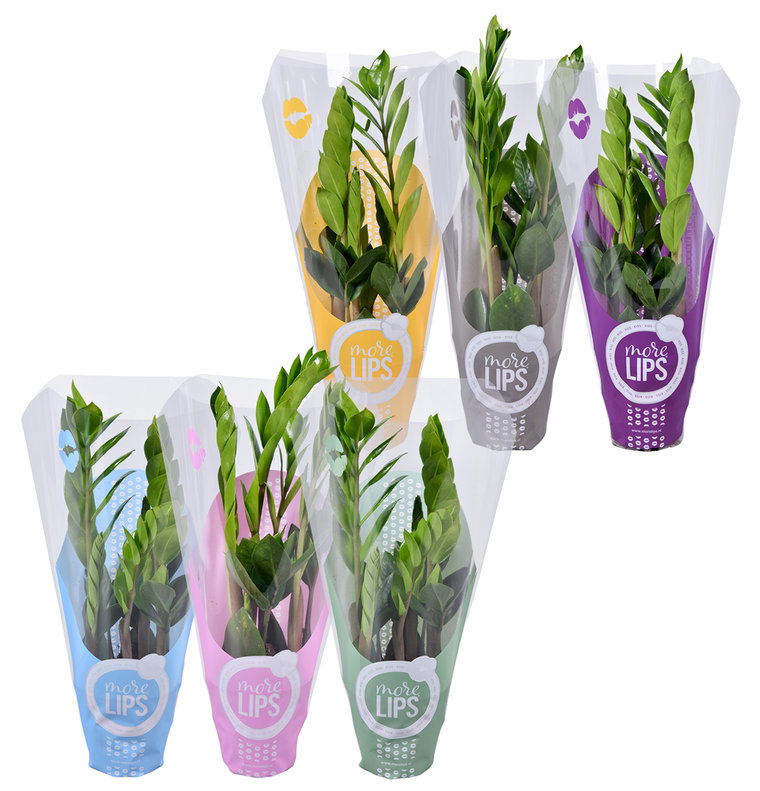
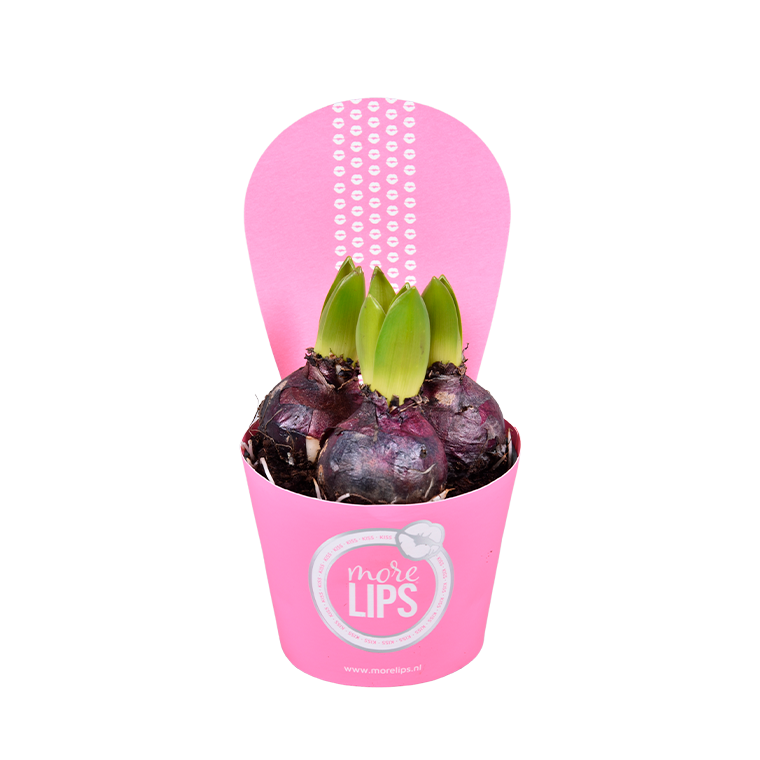
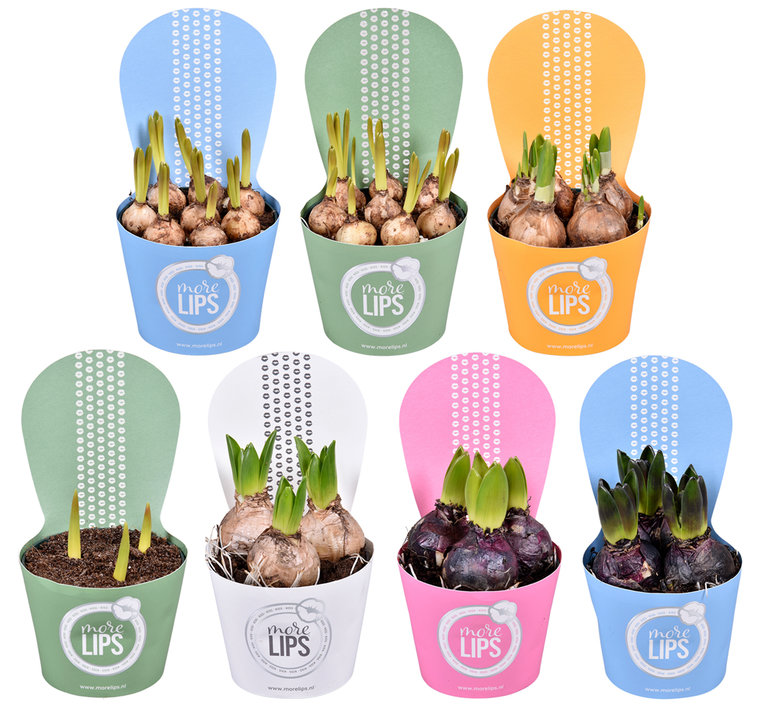
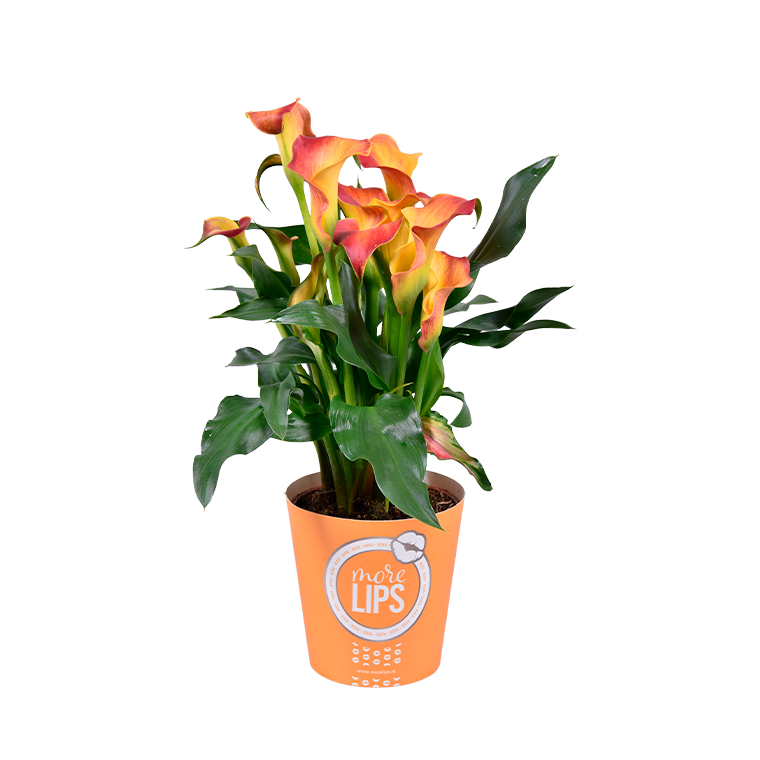
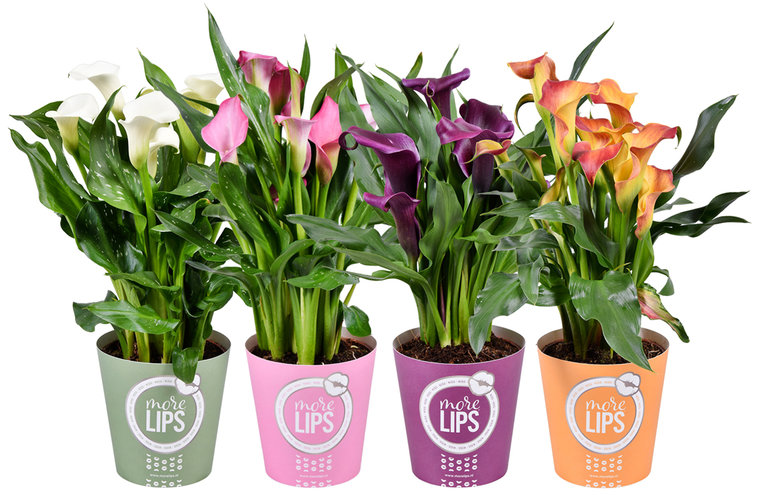
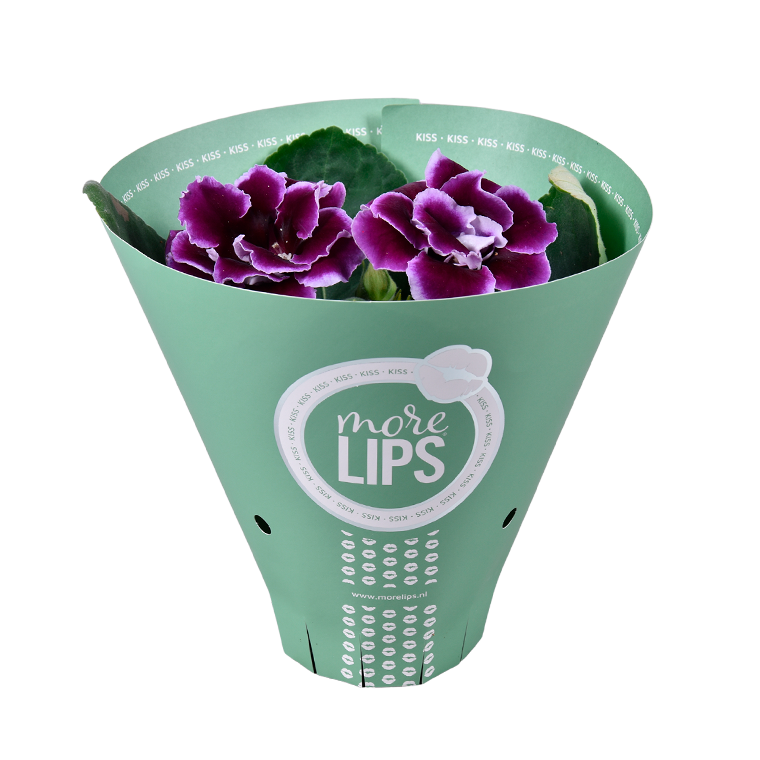
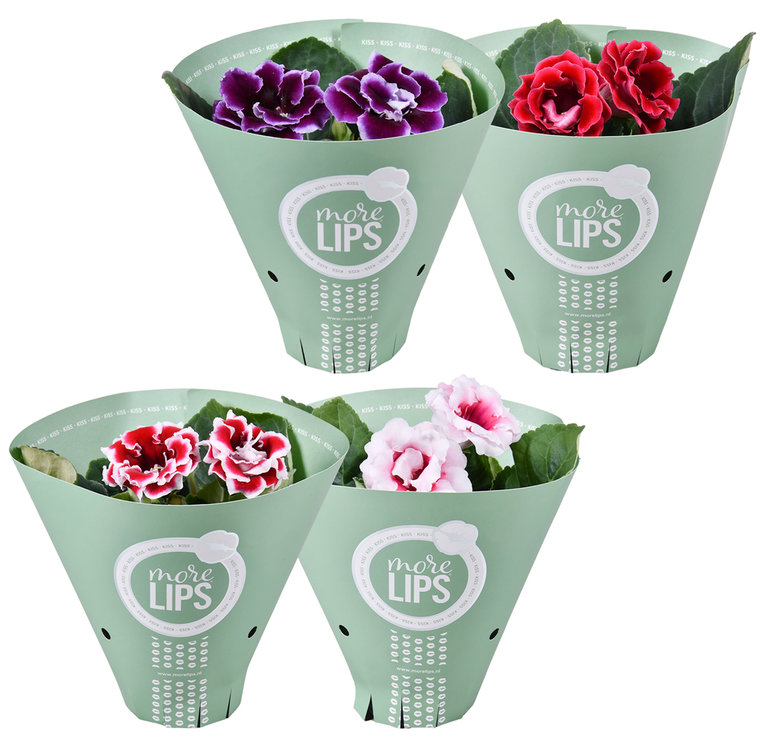
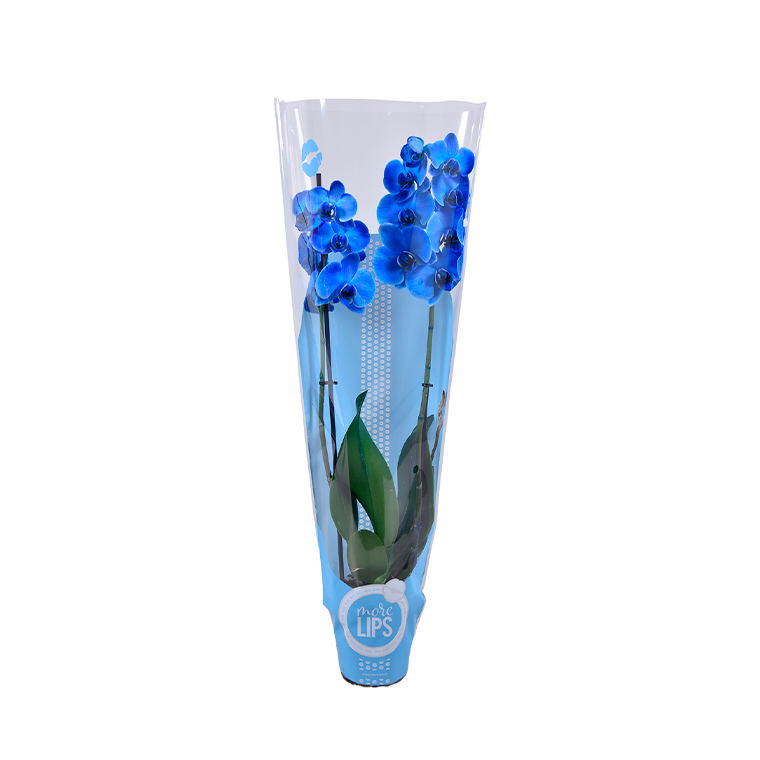
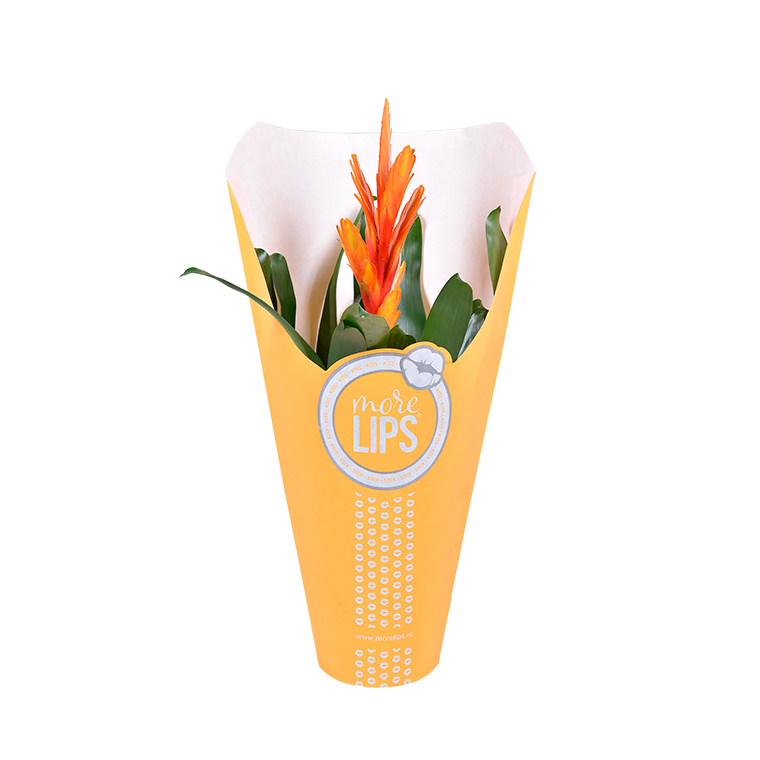

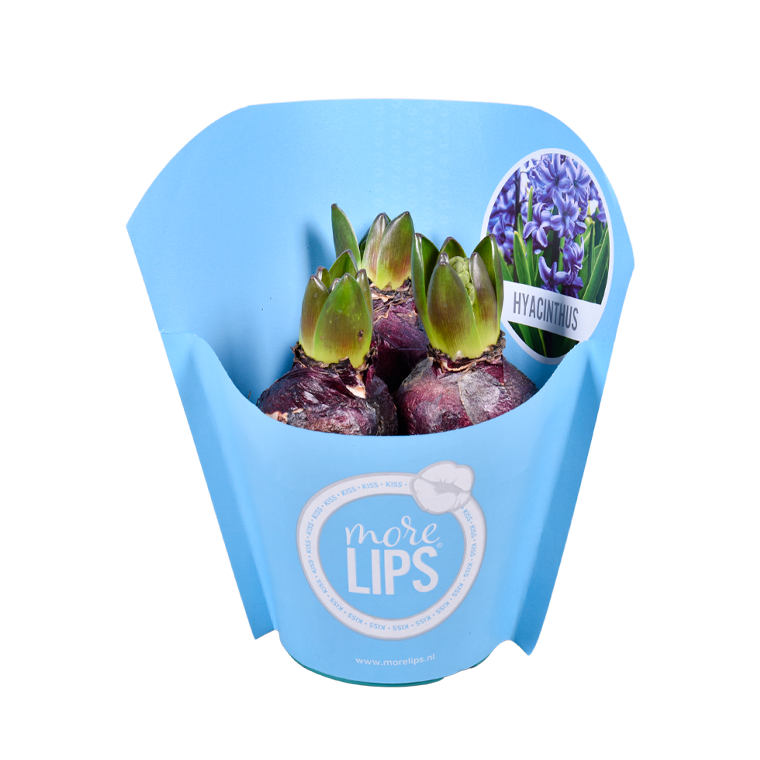
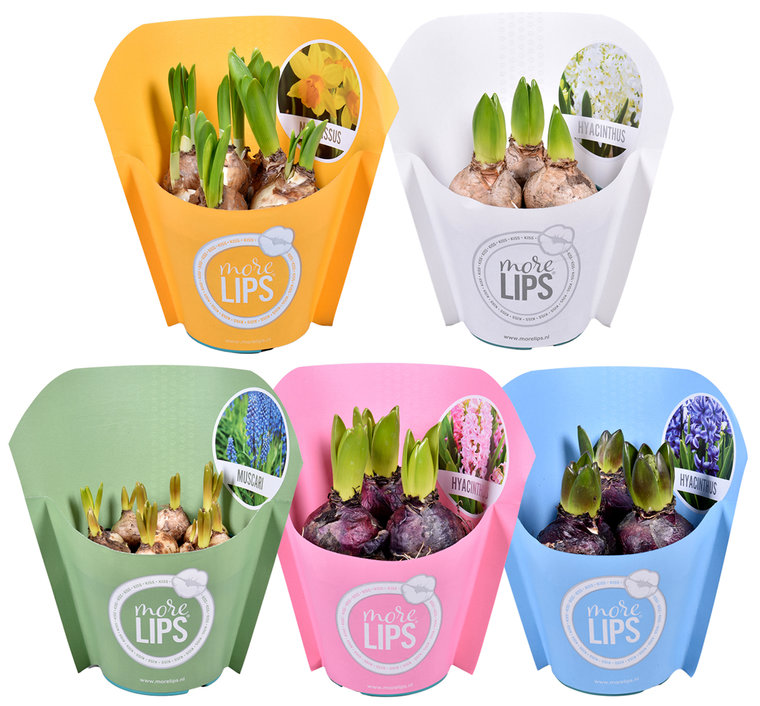
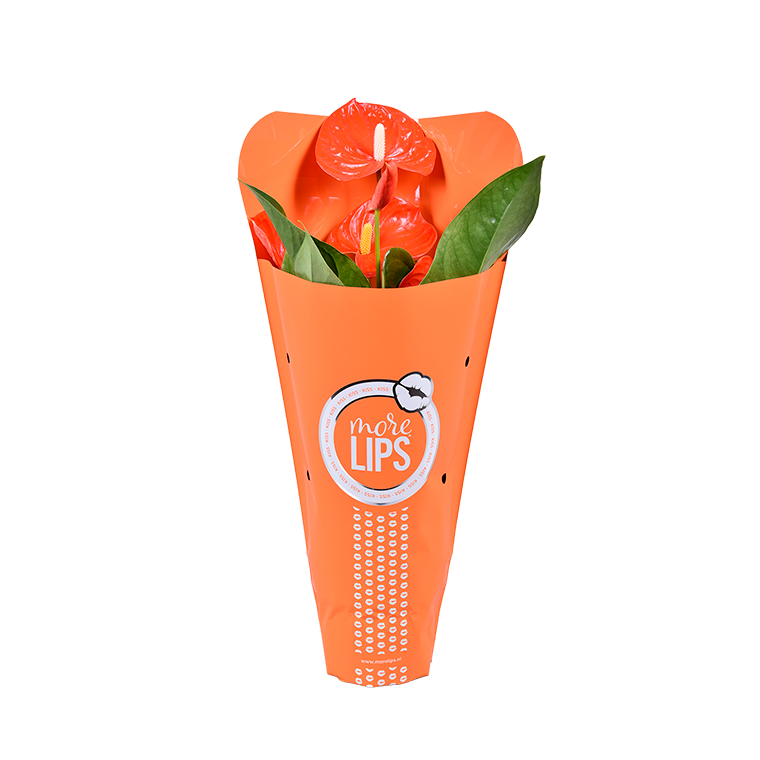
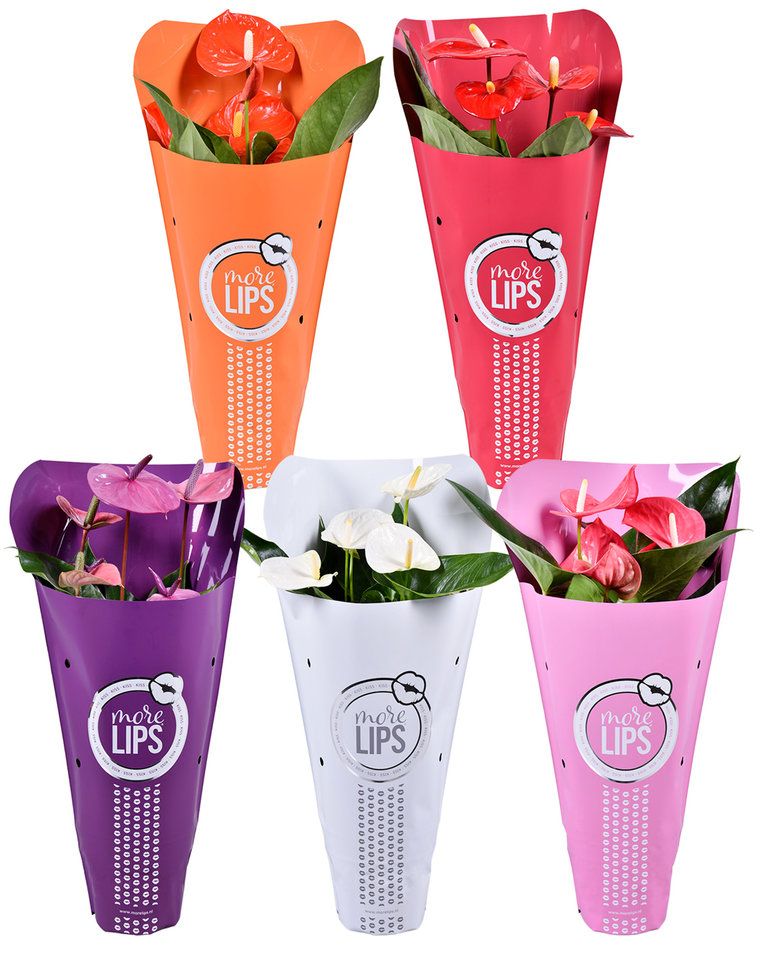
There is a brand that gives plants more value. That brand is MoreLIPS. A consistent look - over 60 different green and flowering potted plants. Your Green Present.